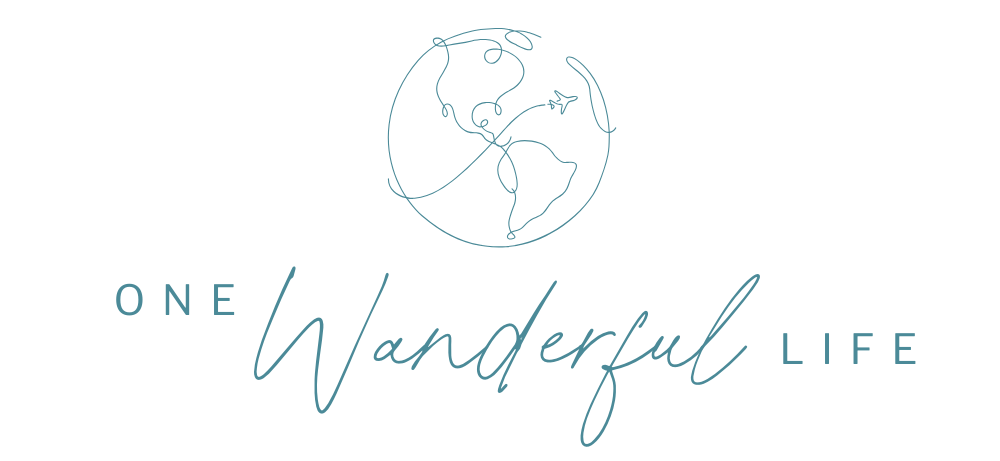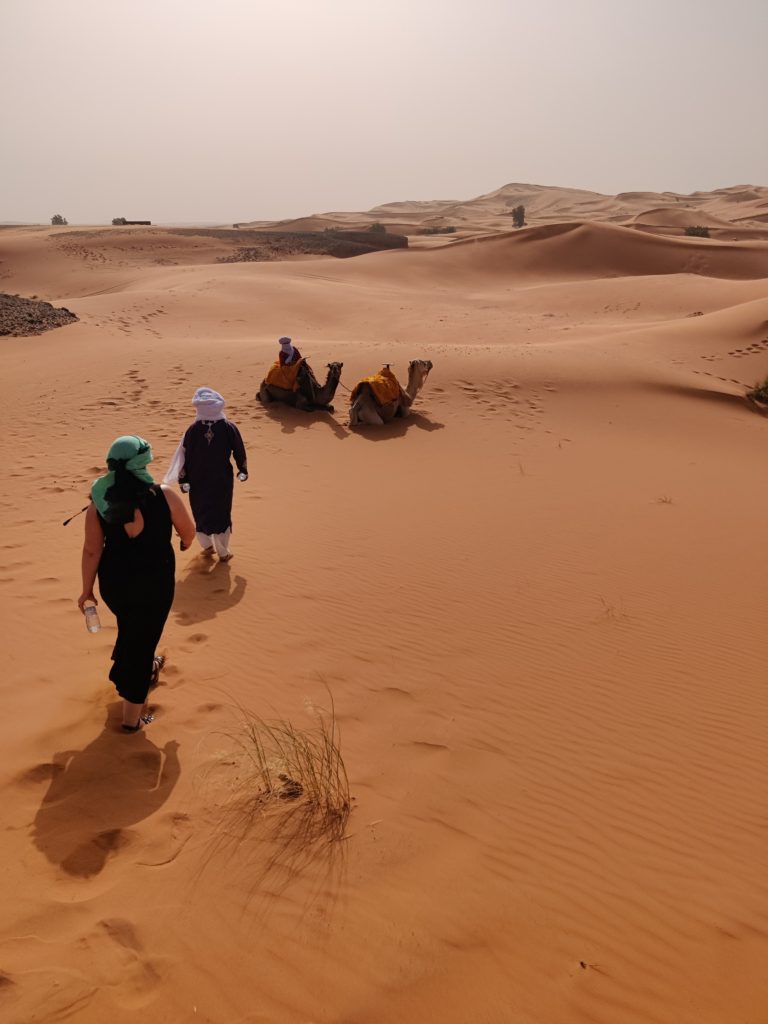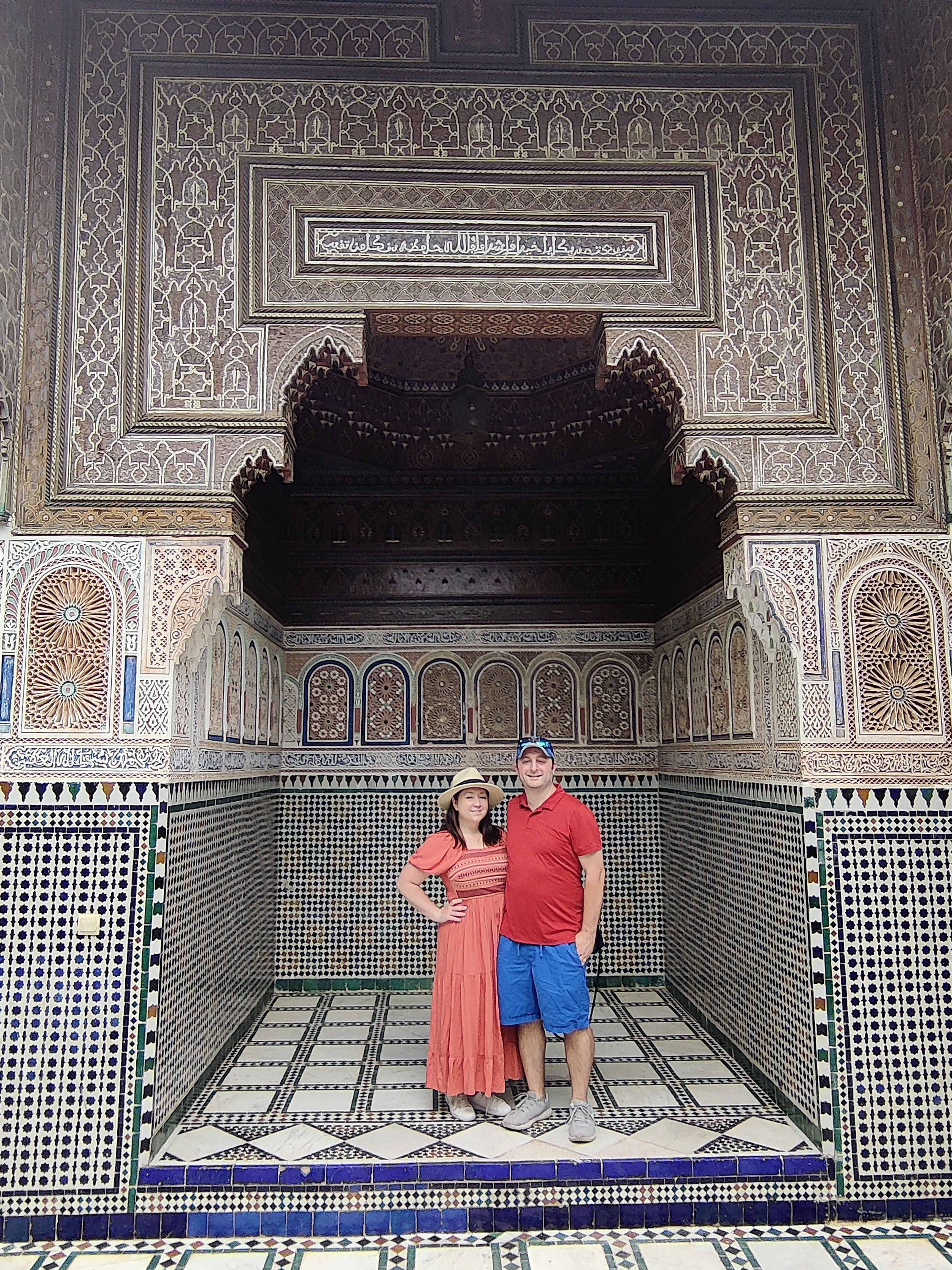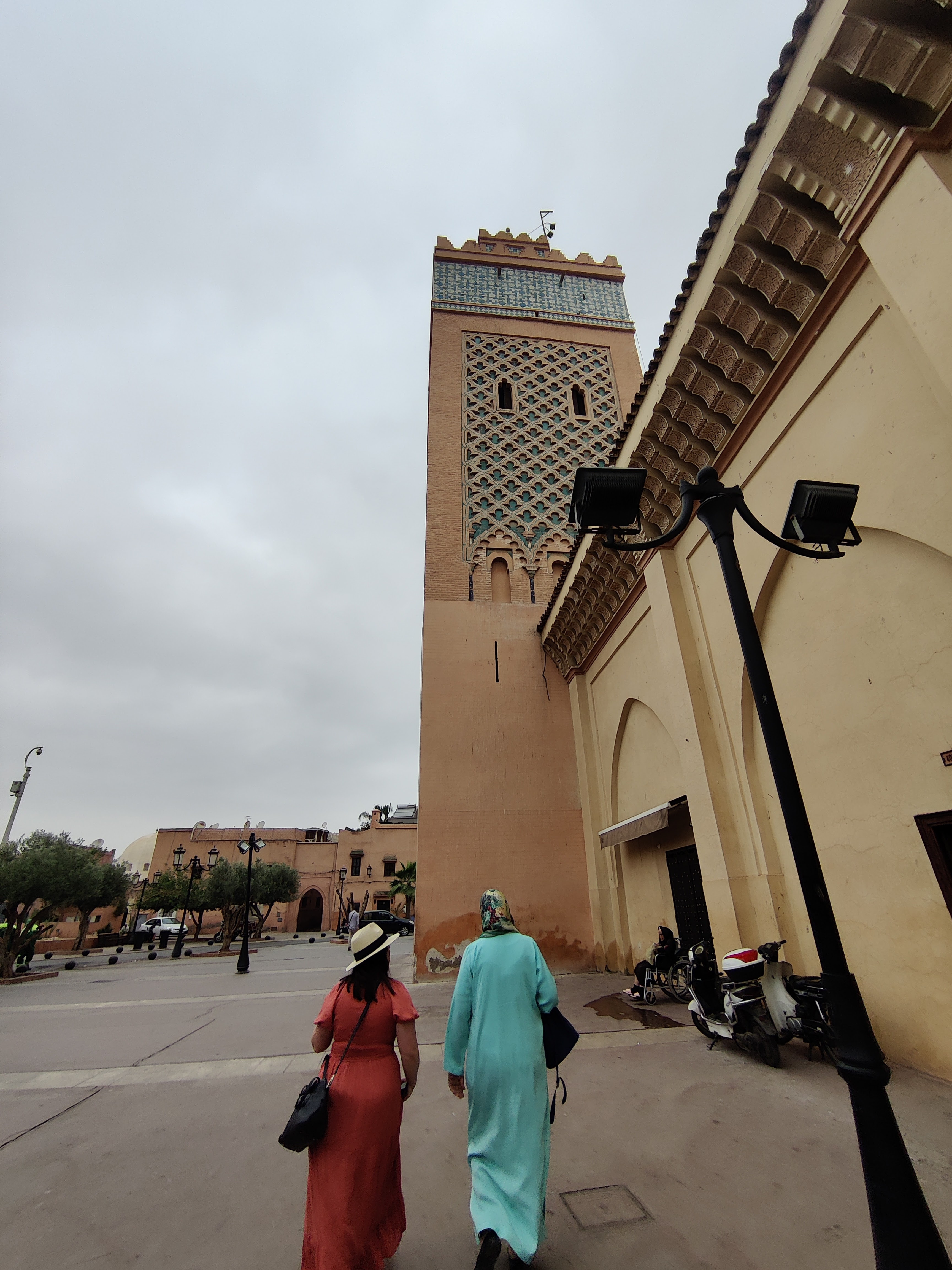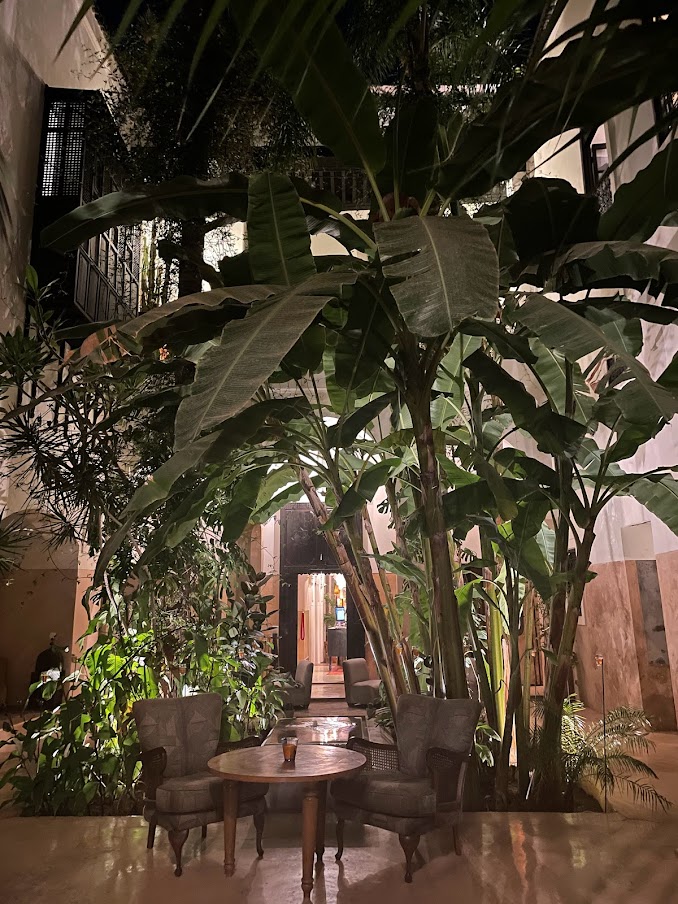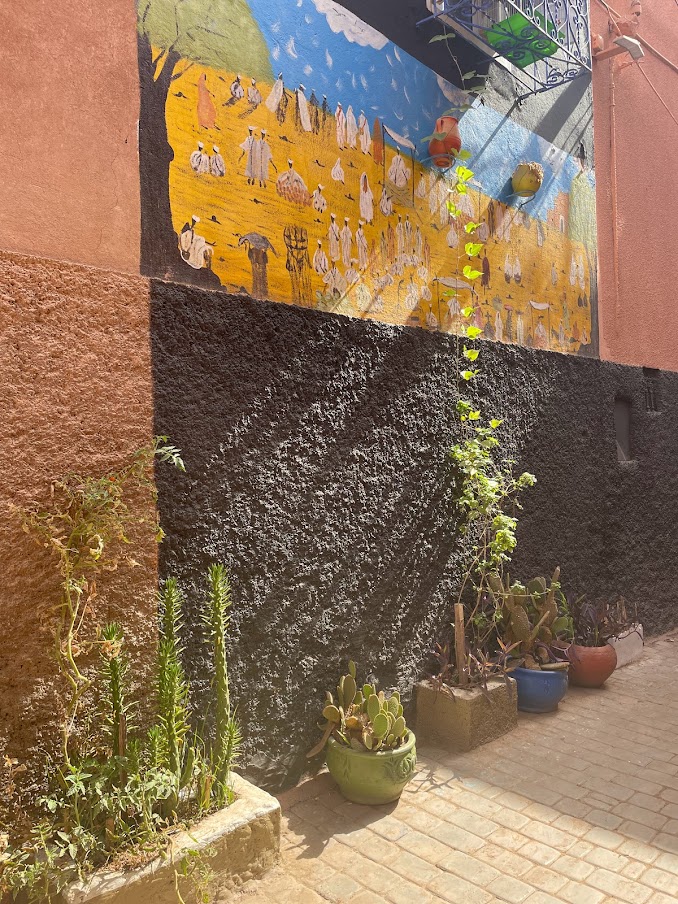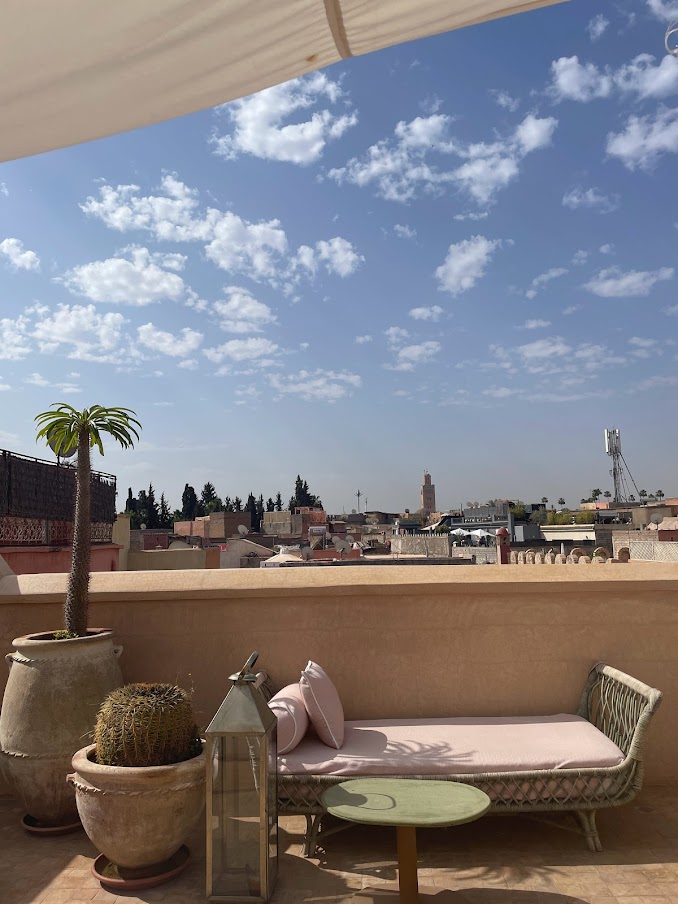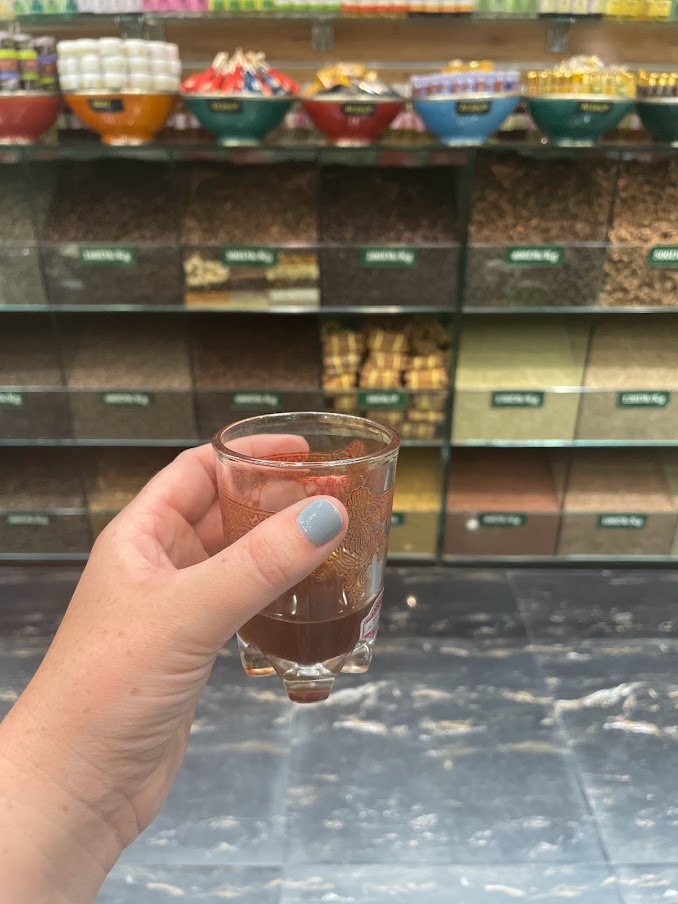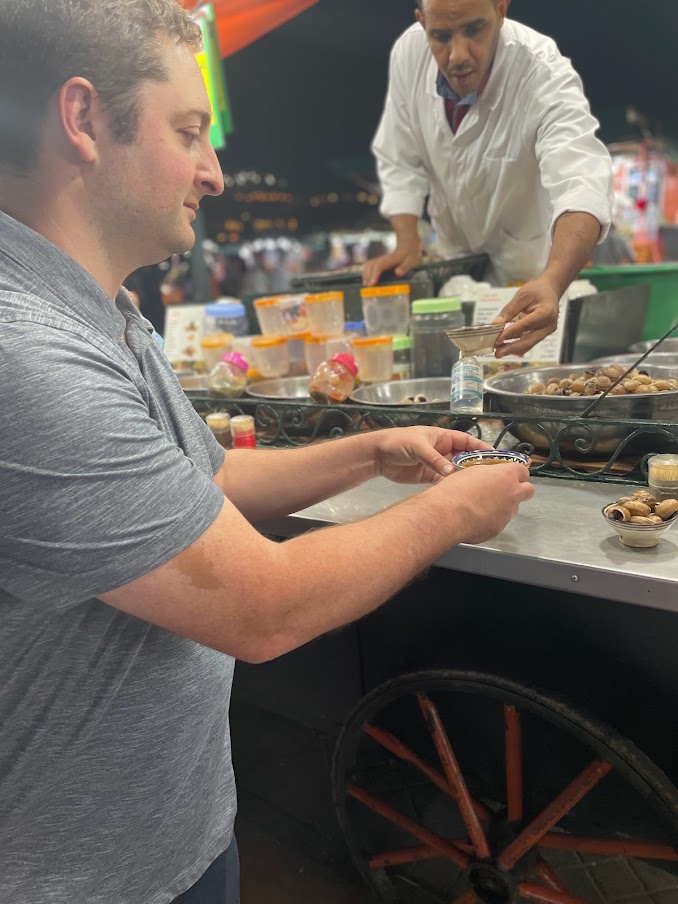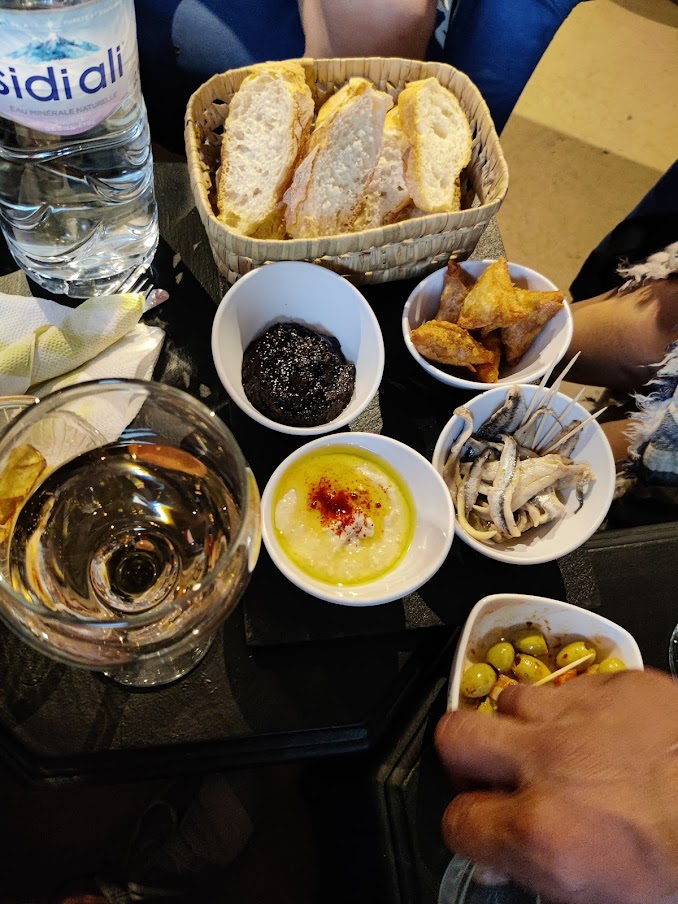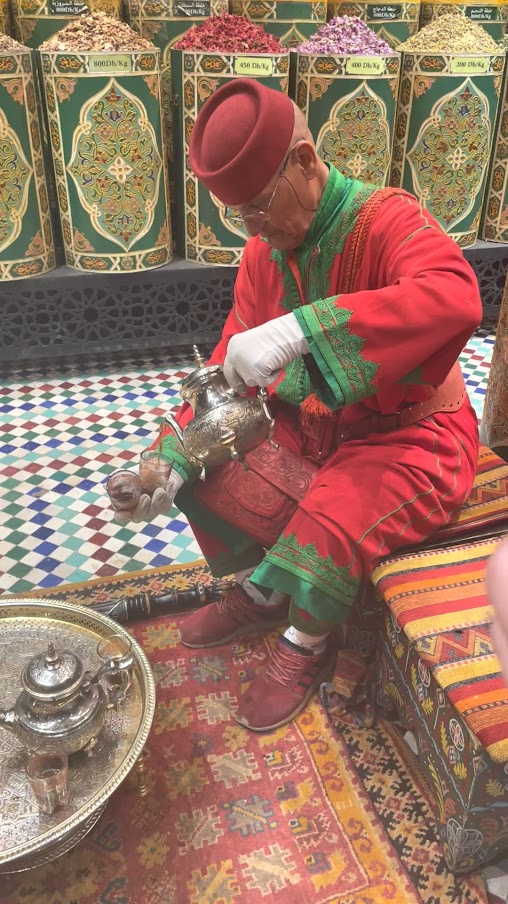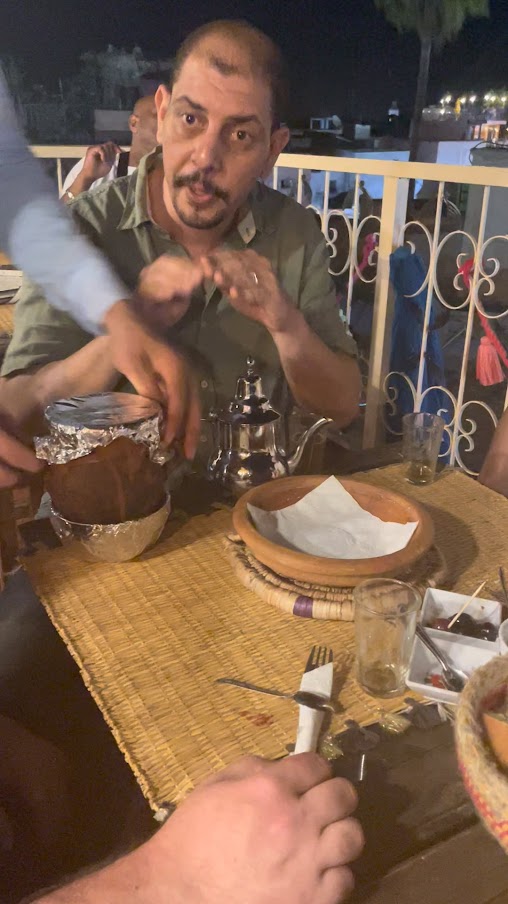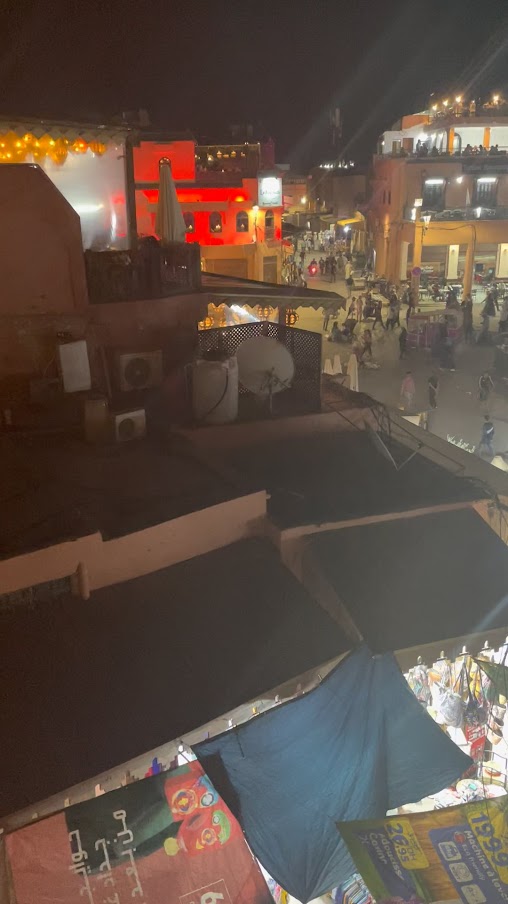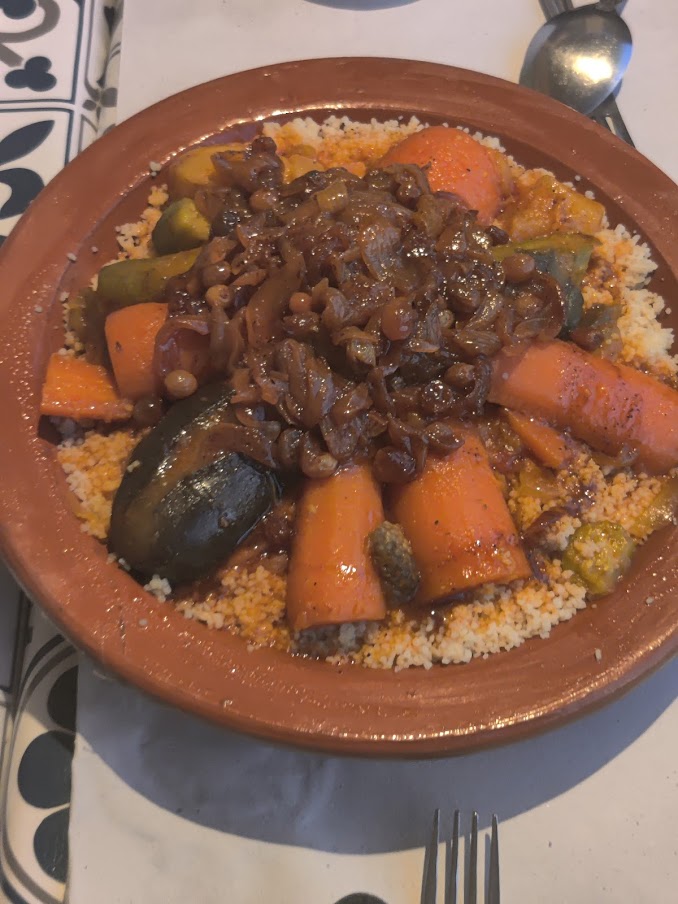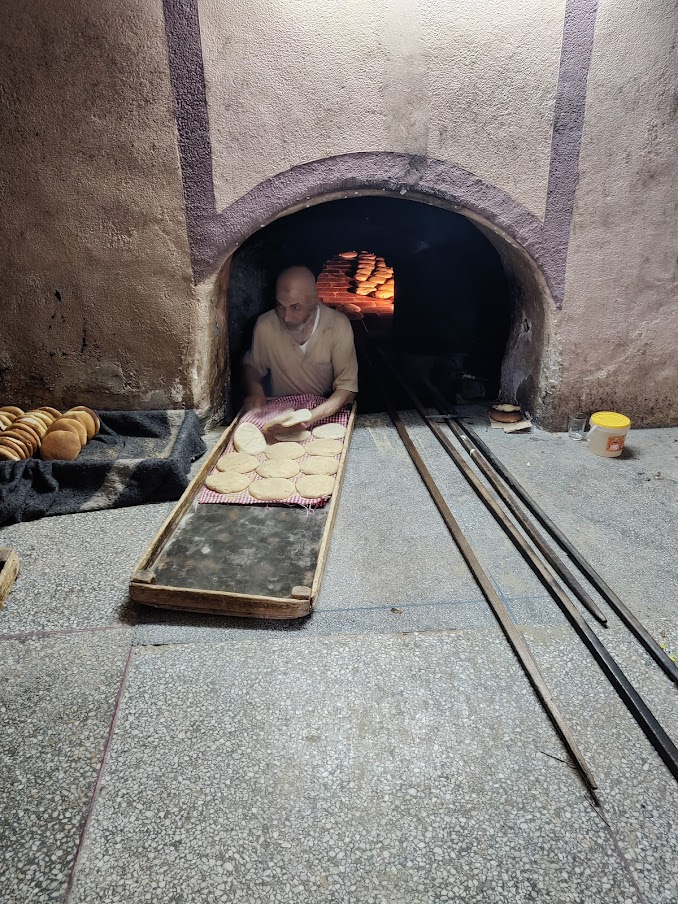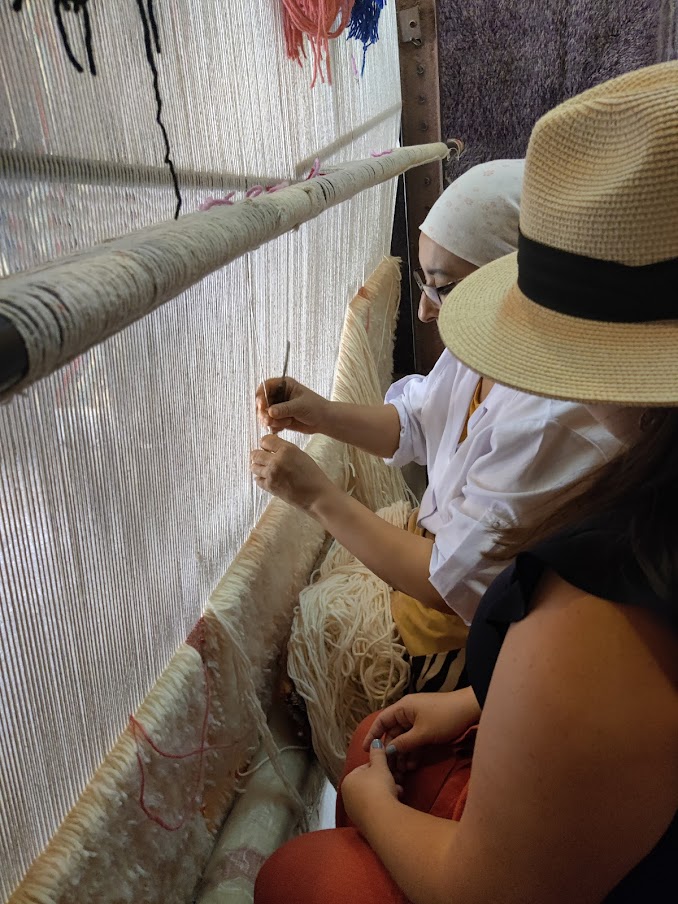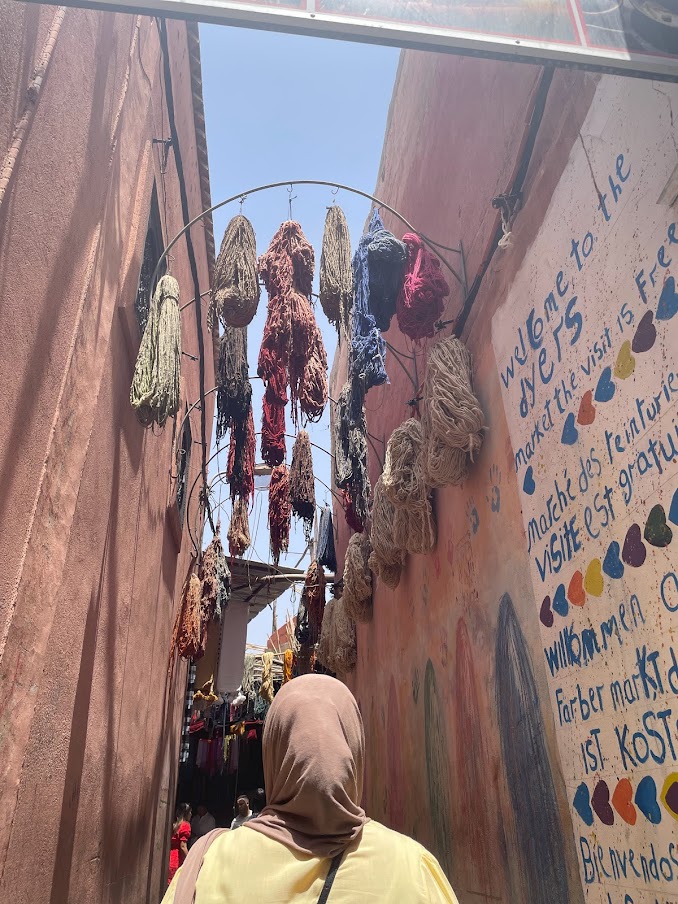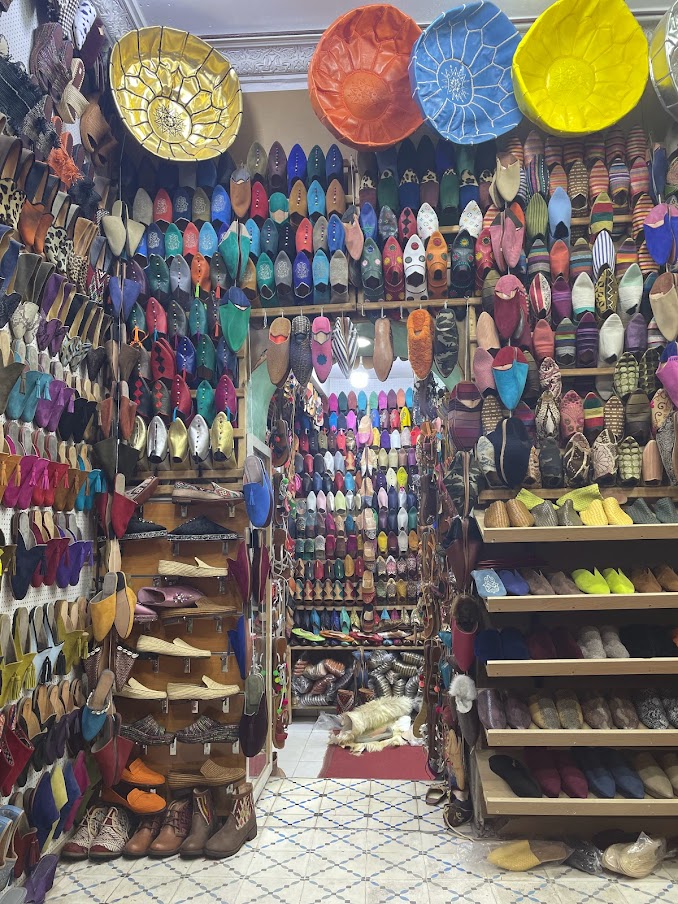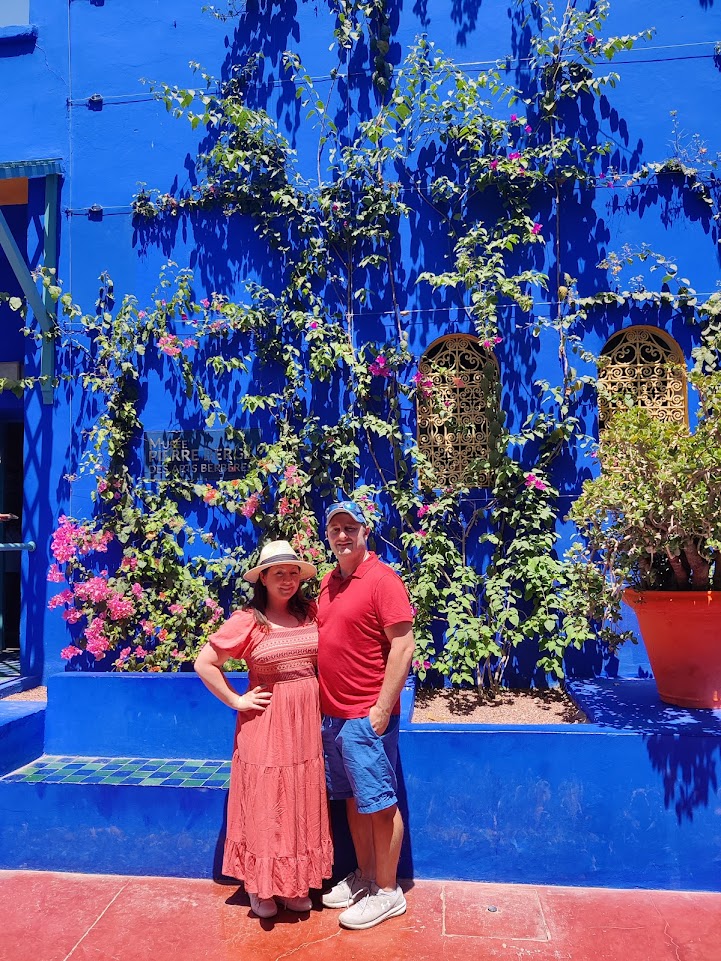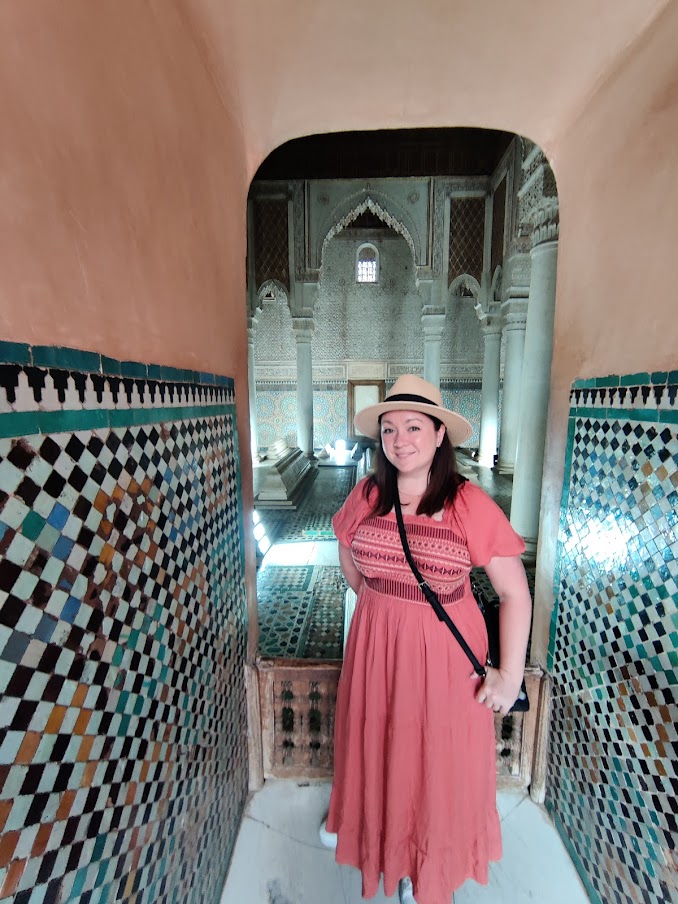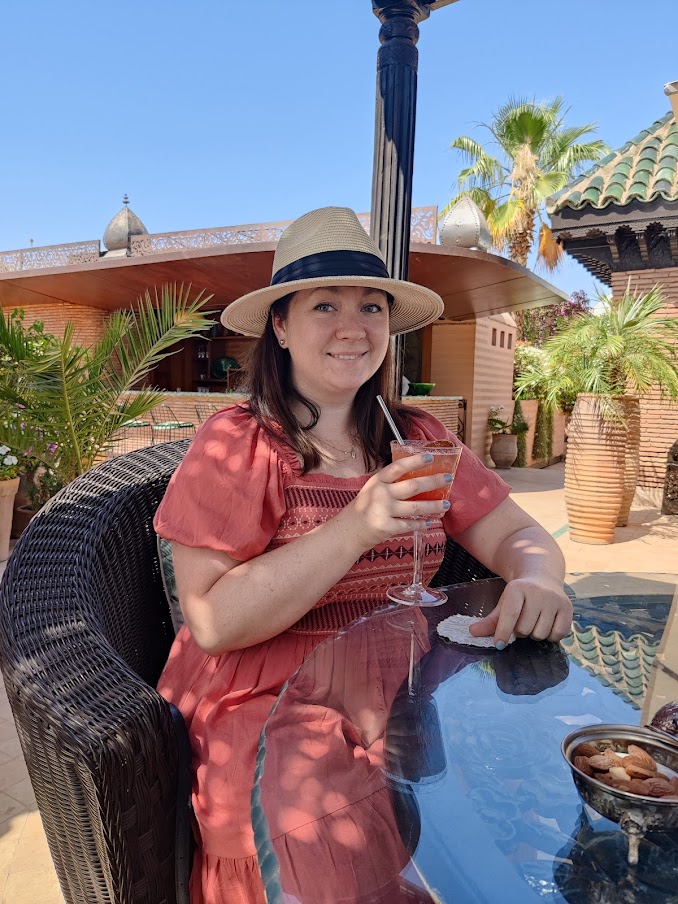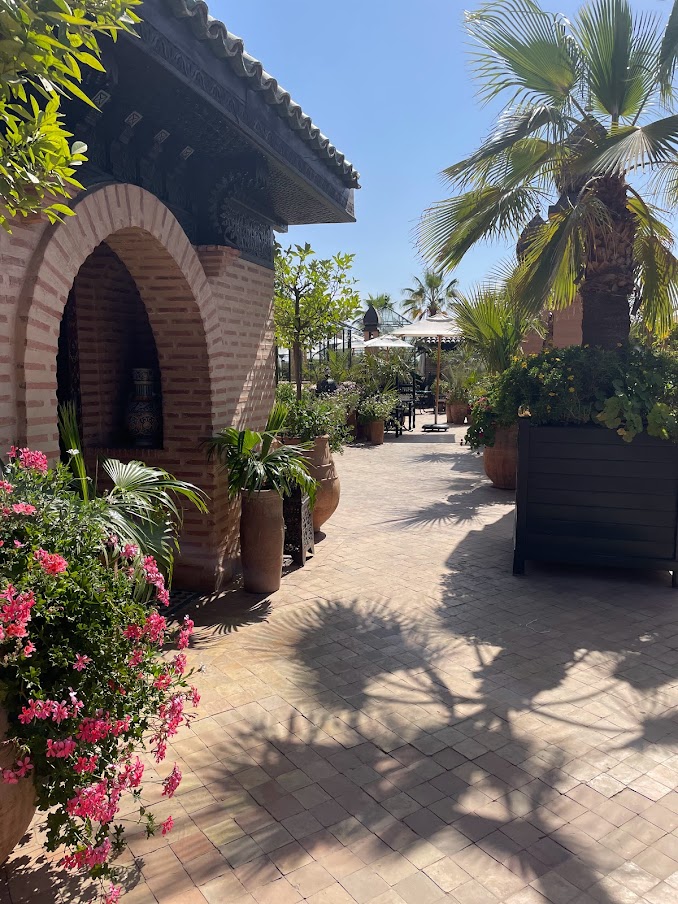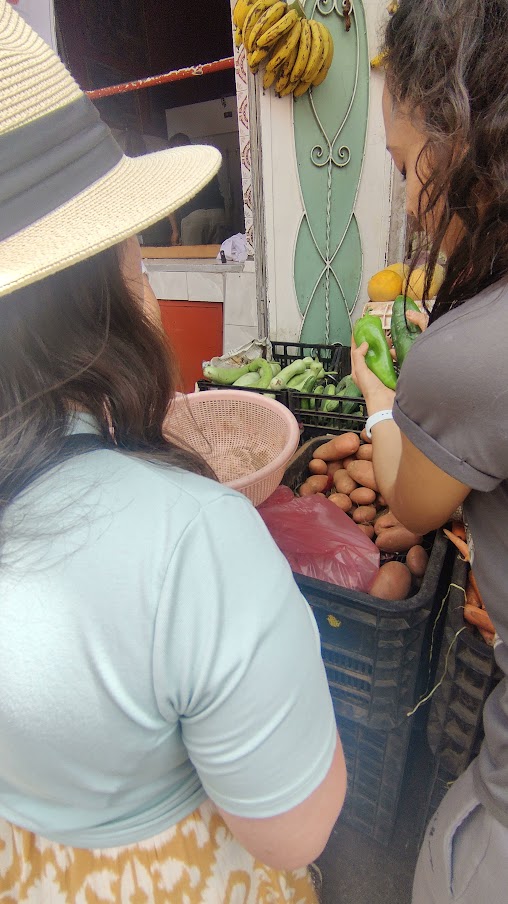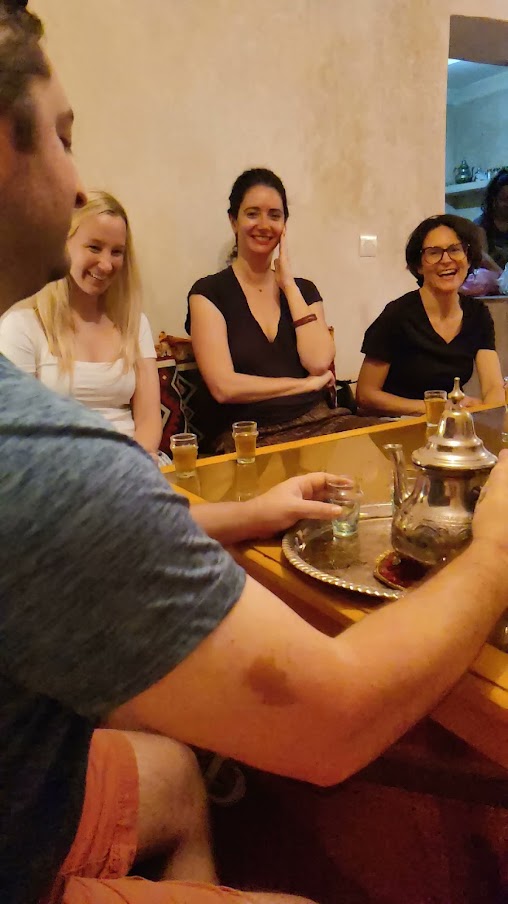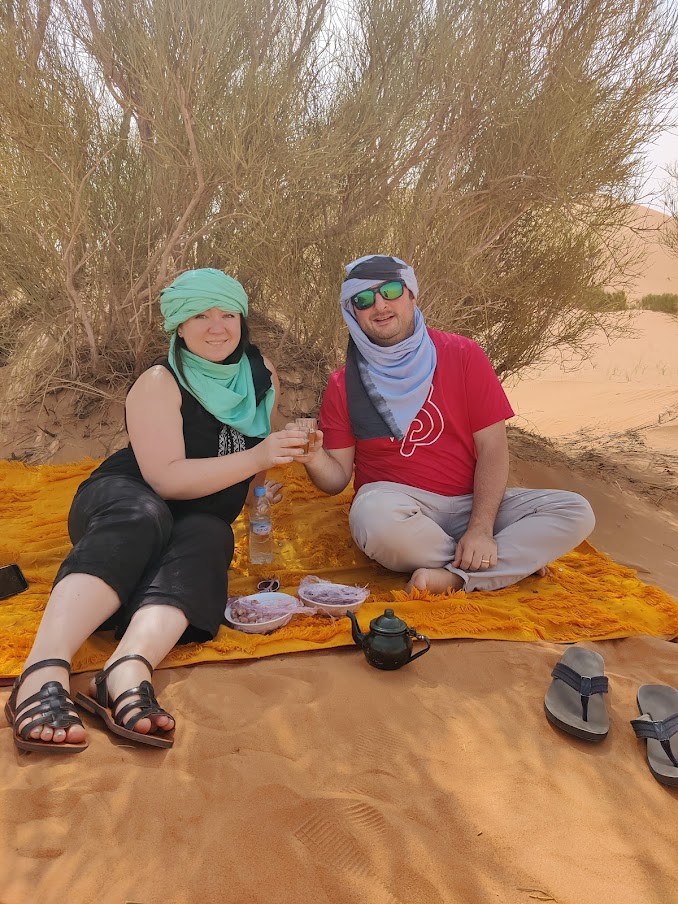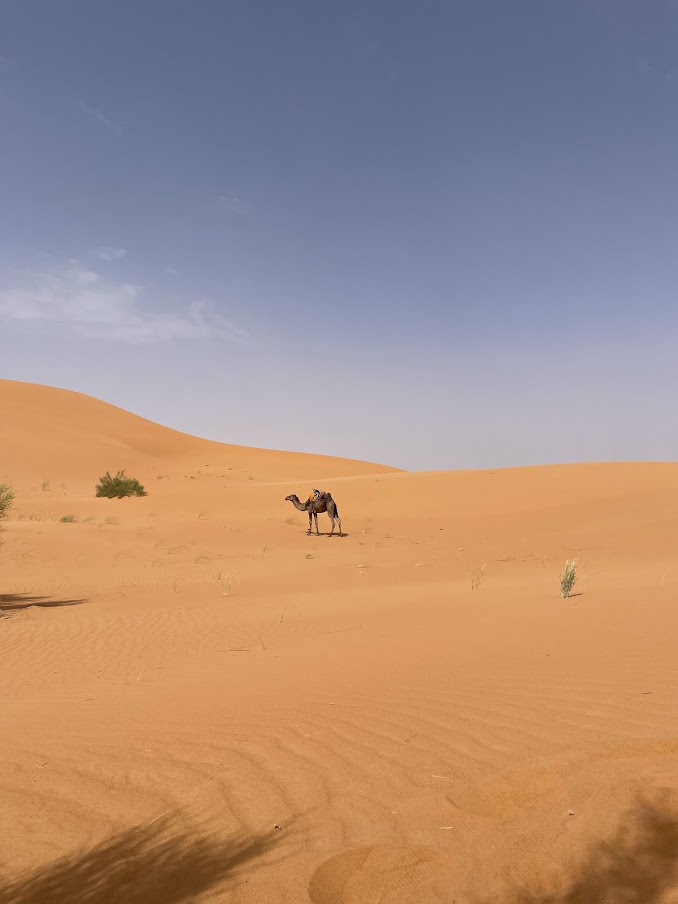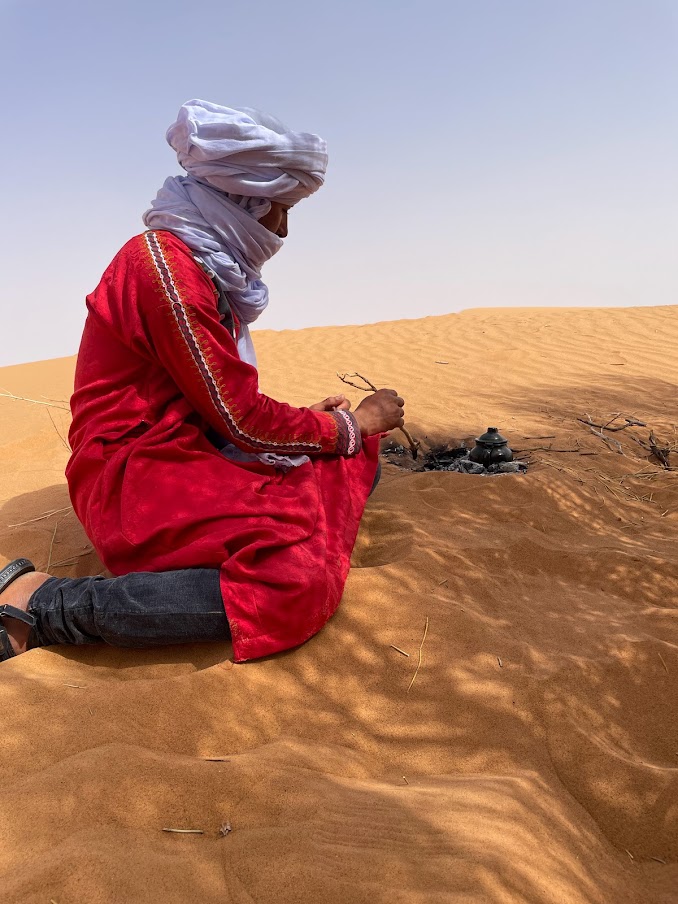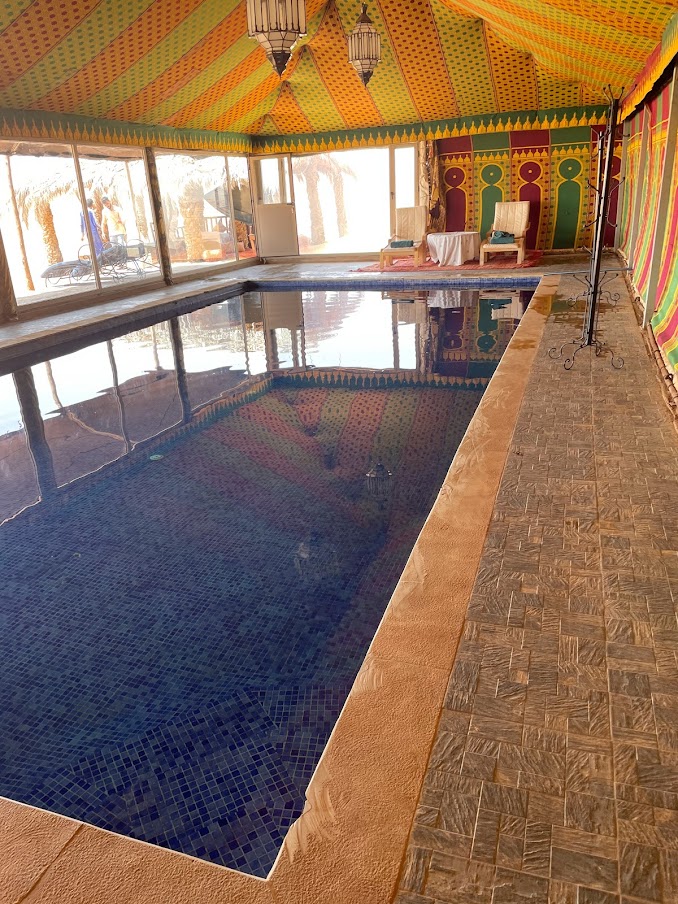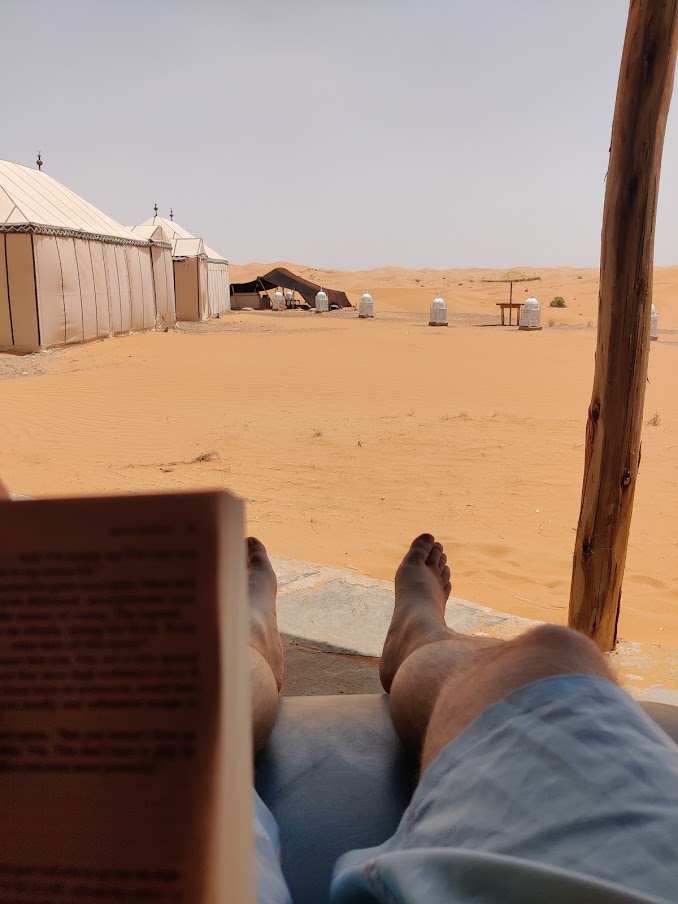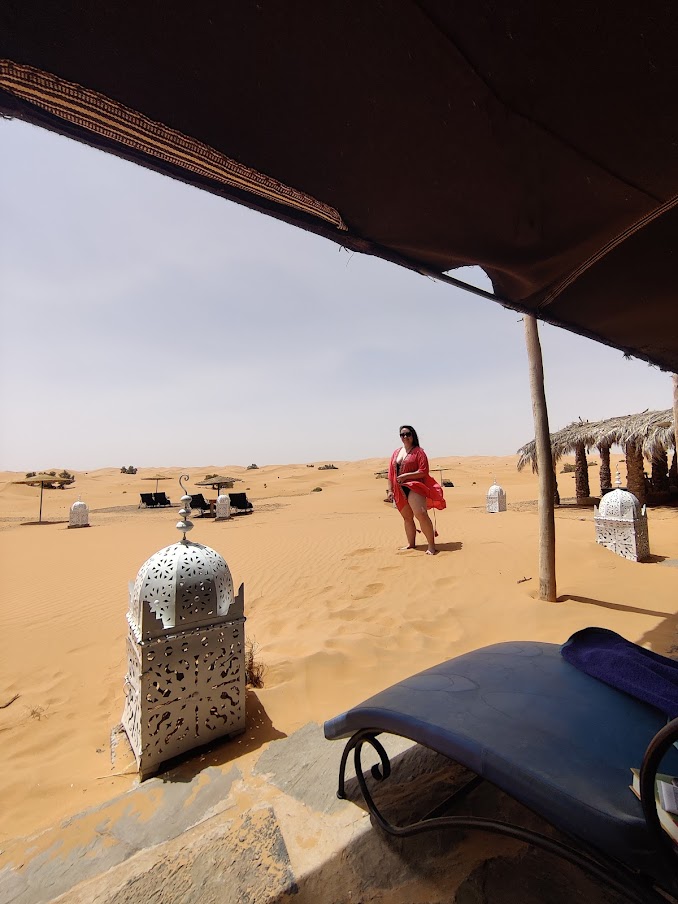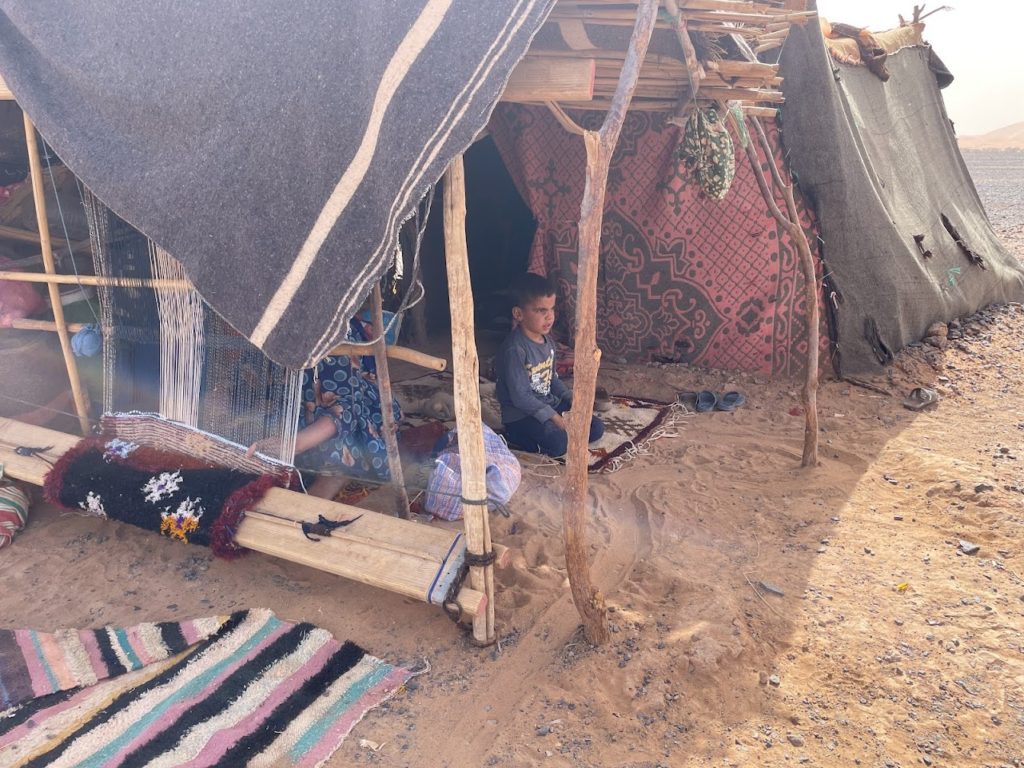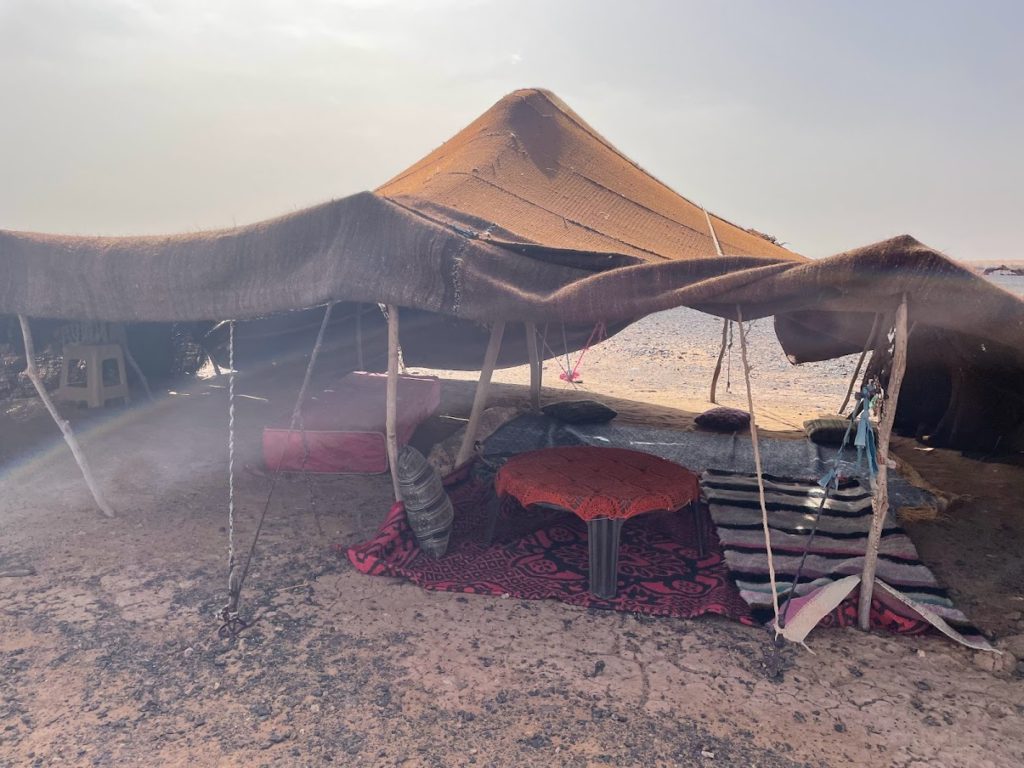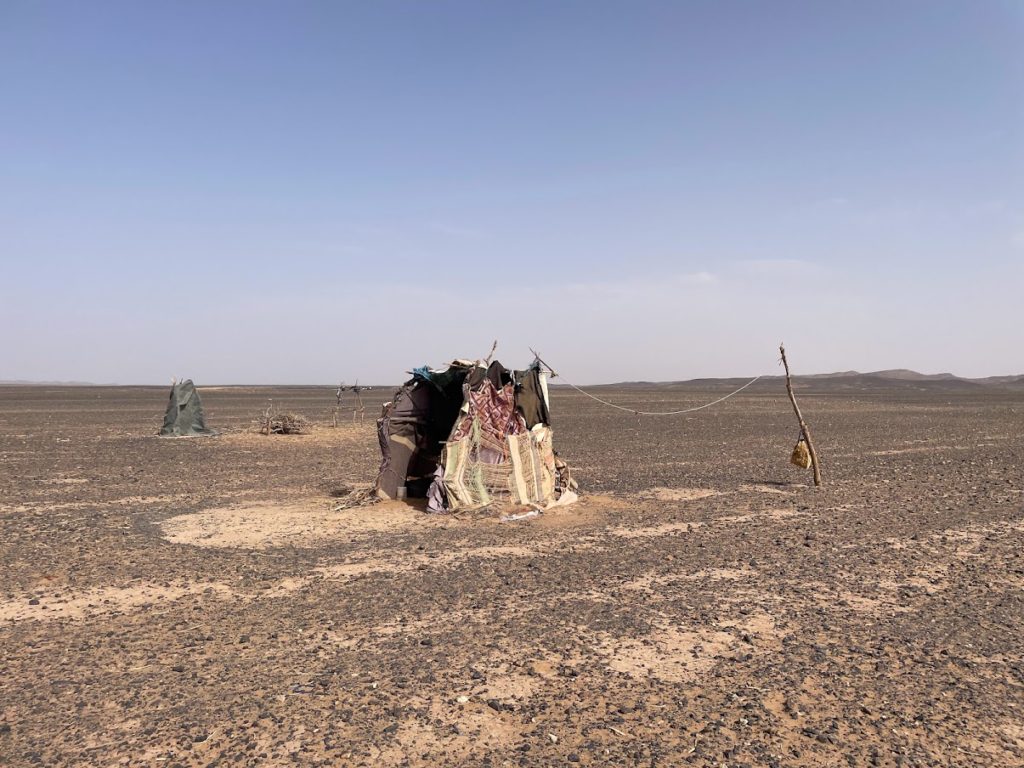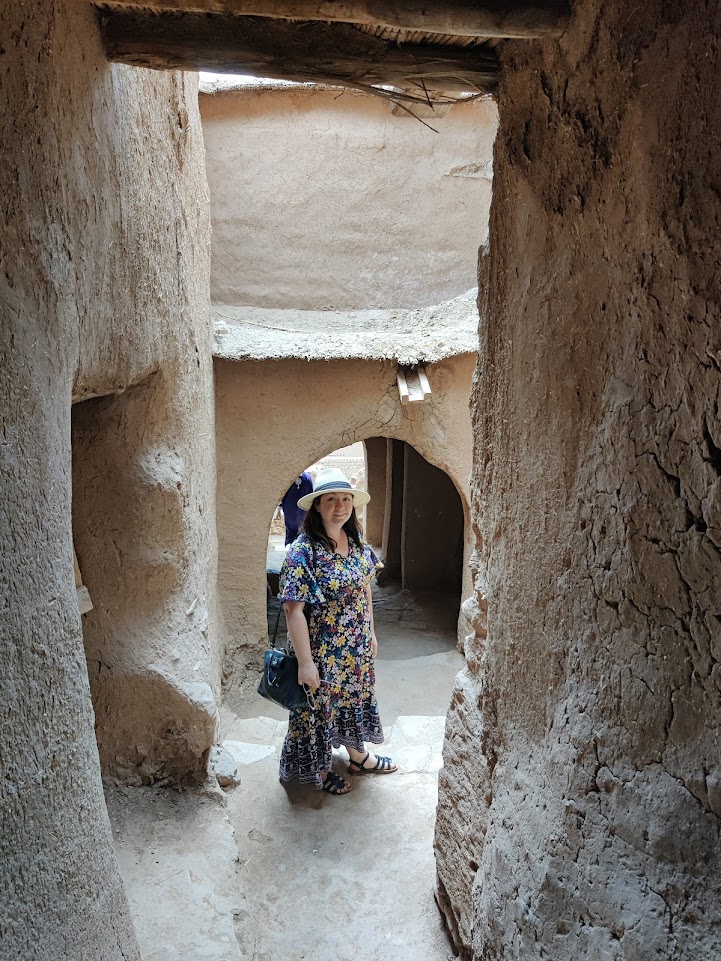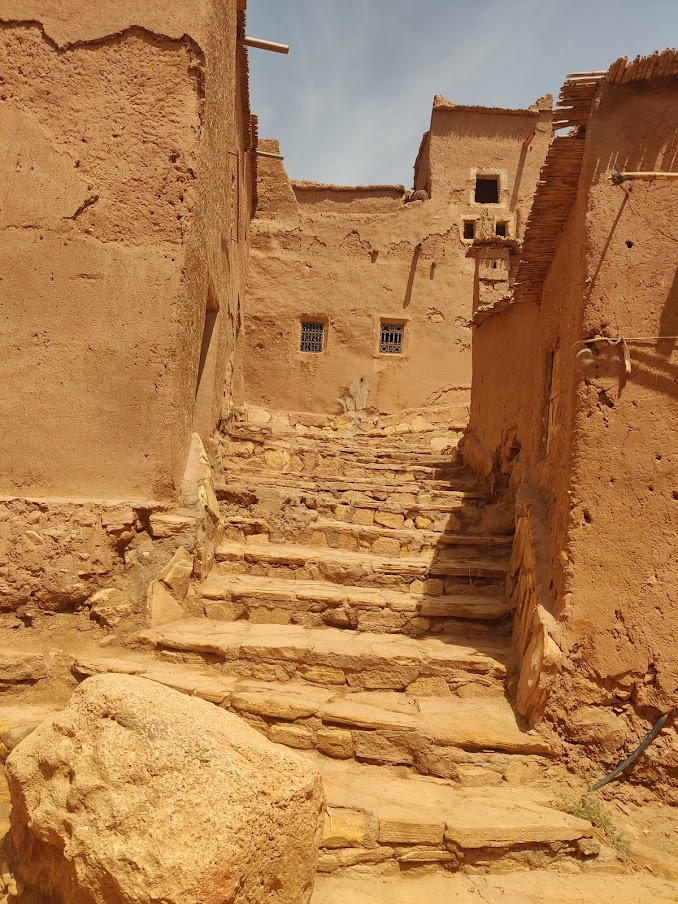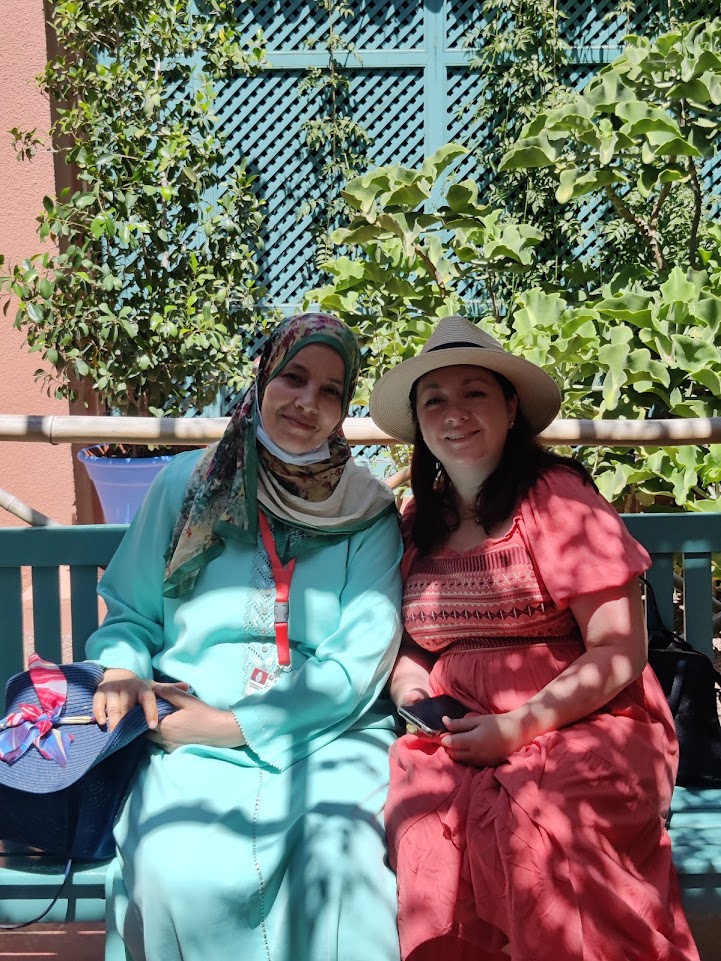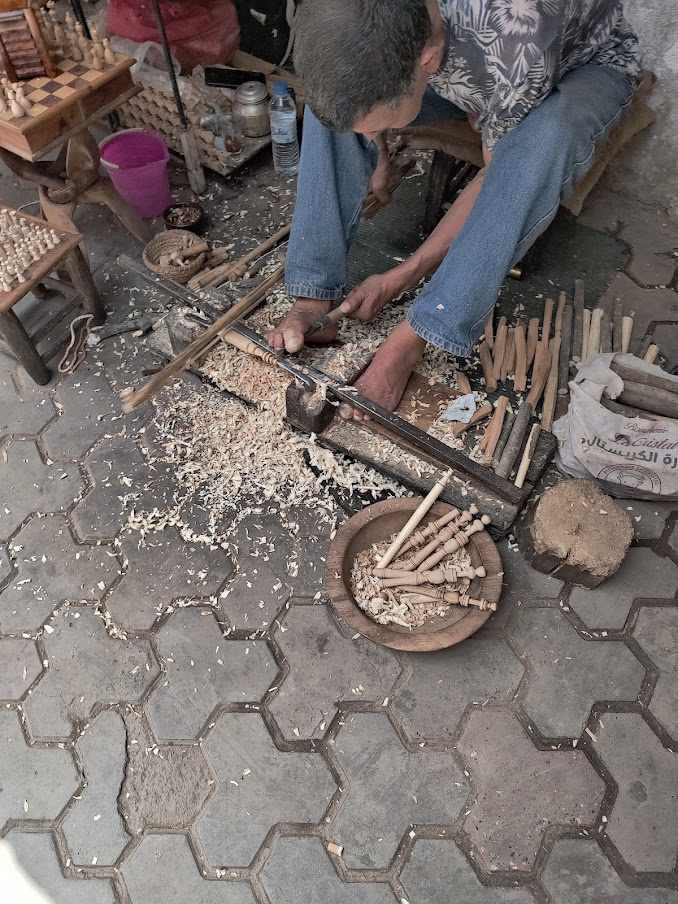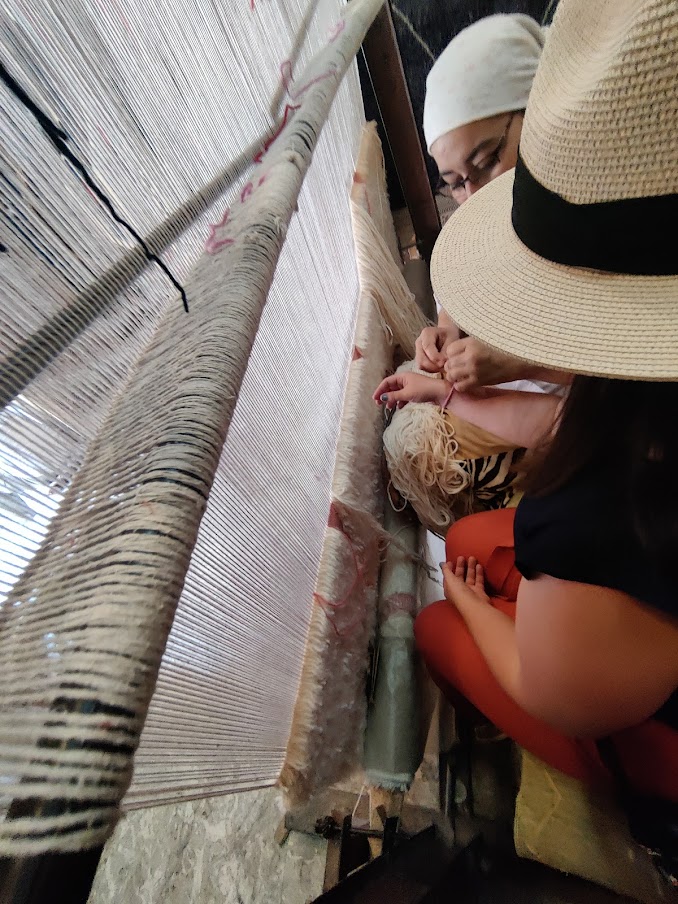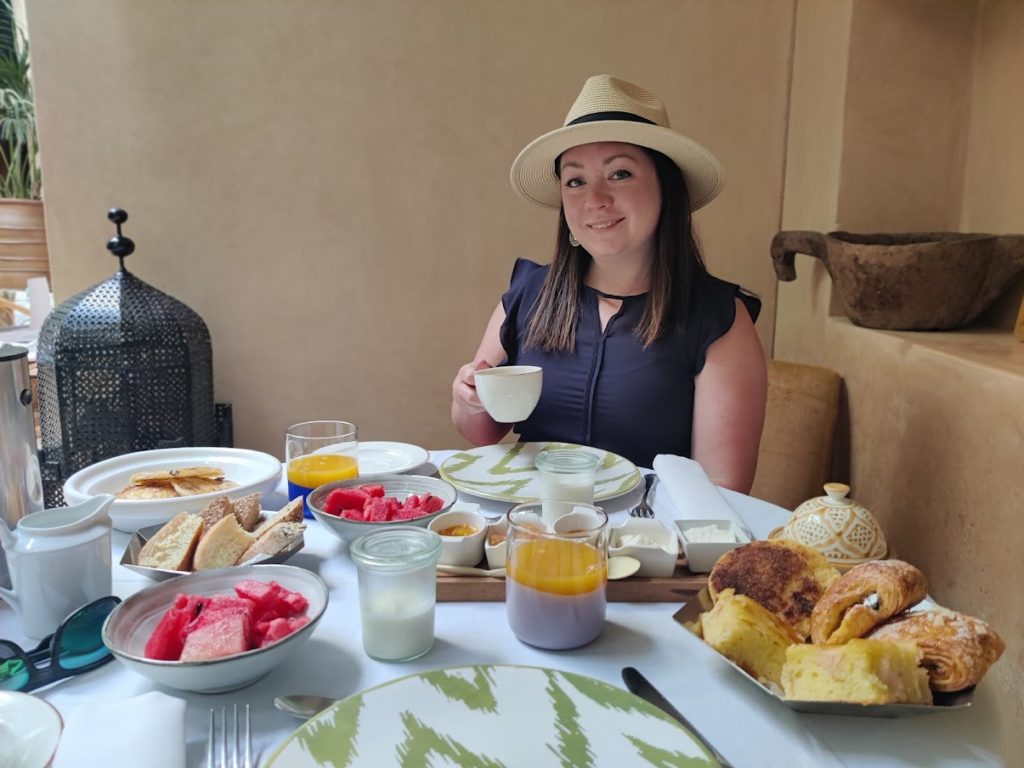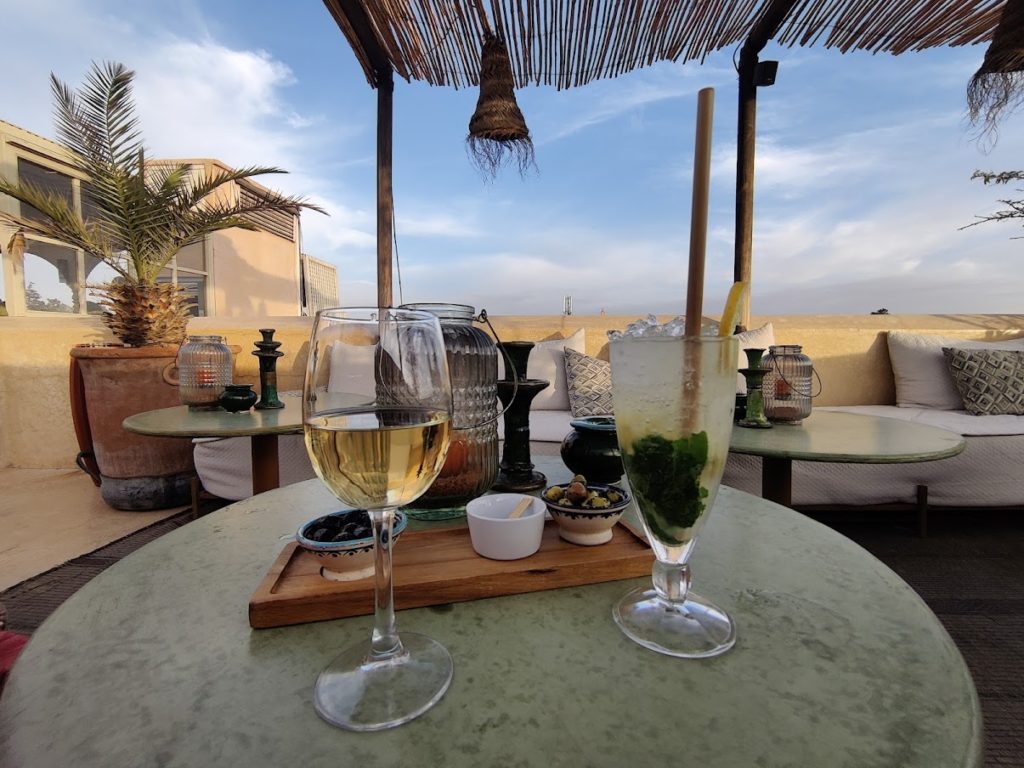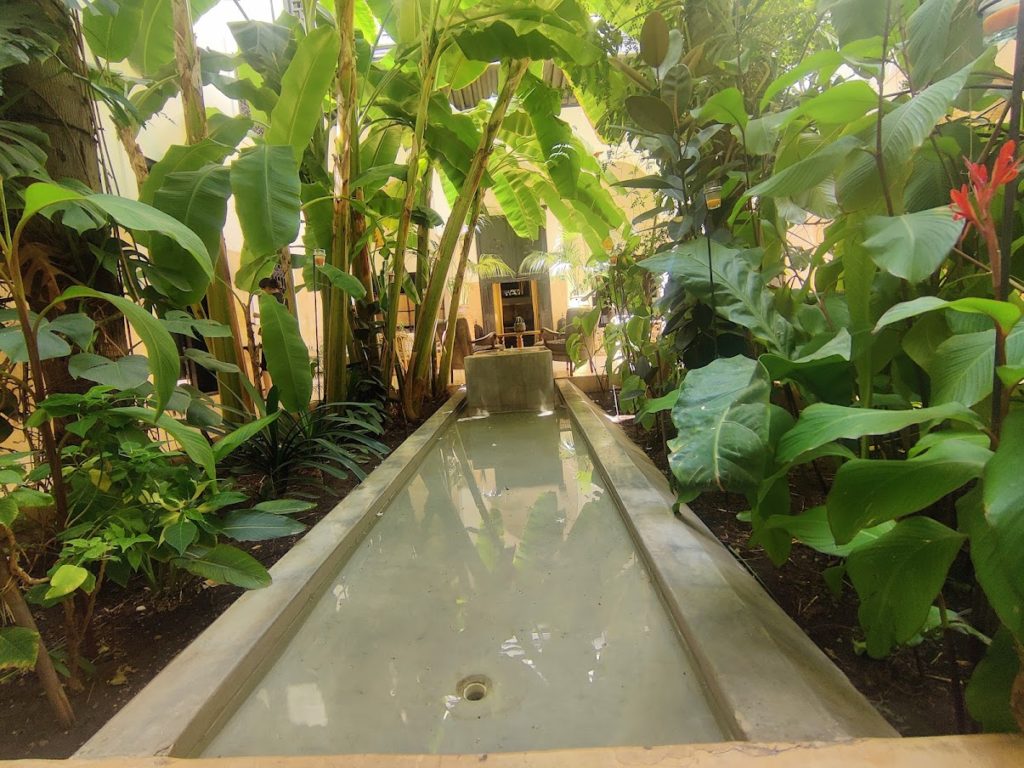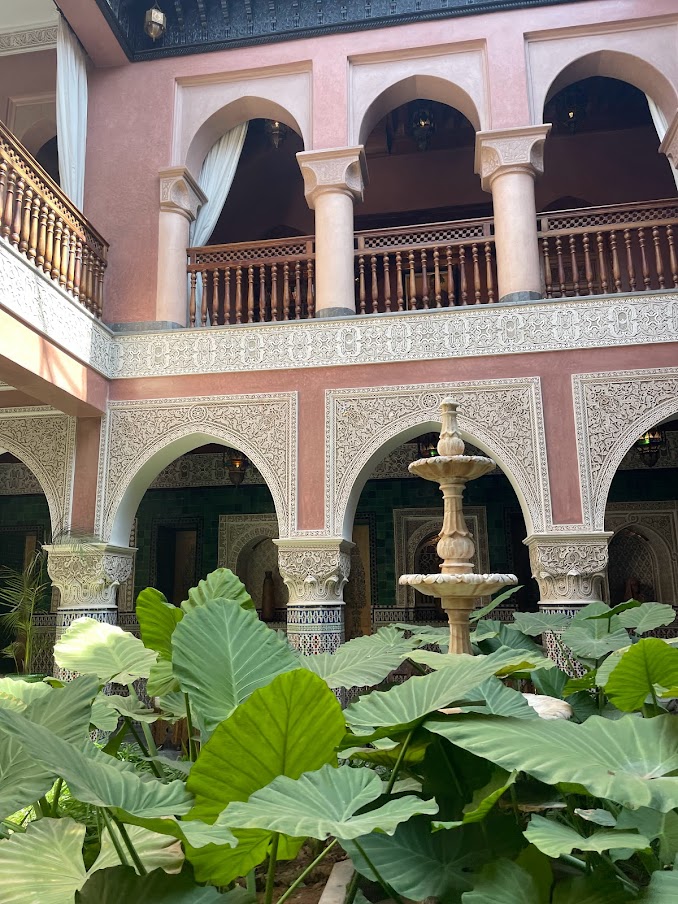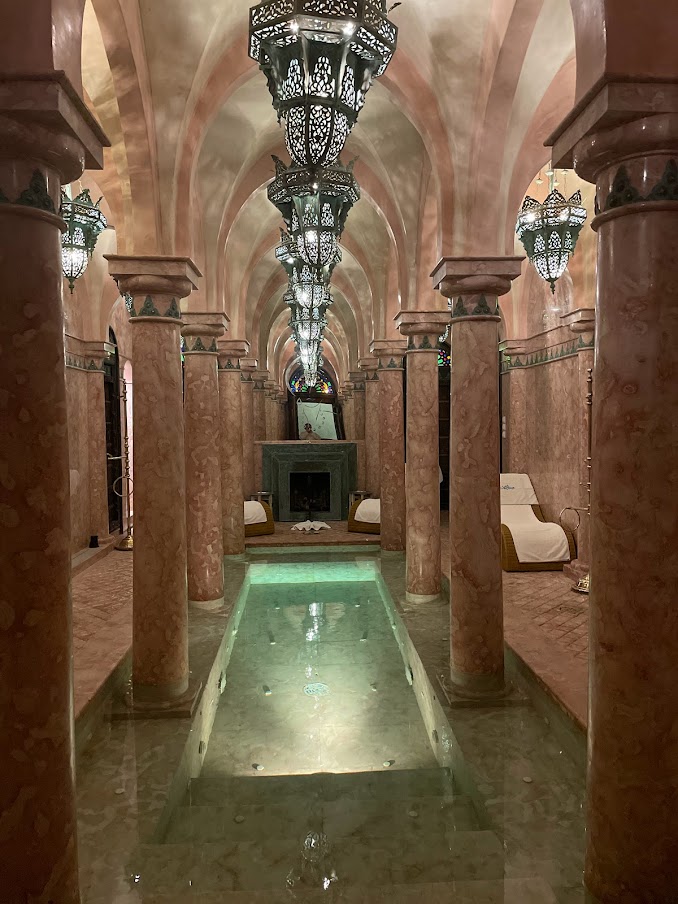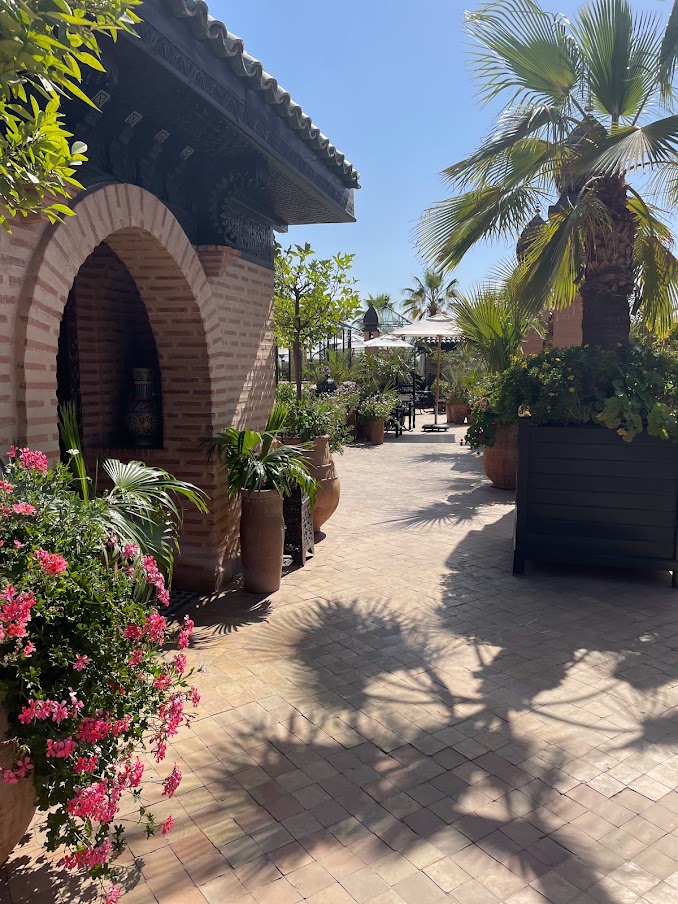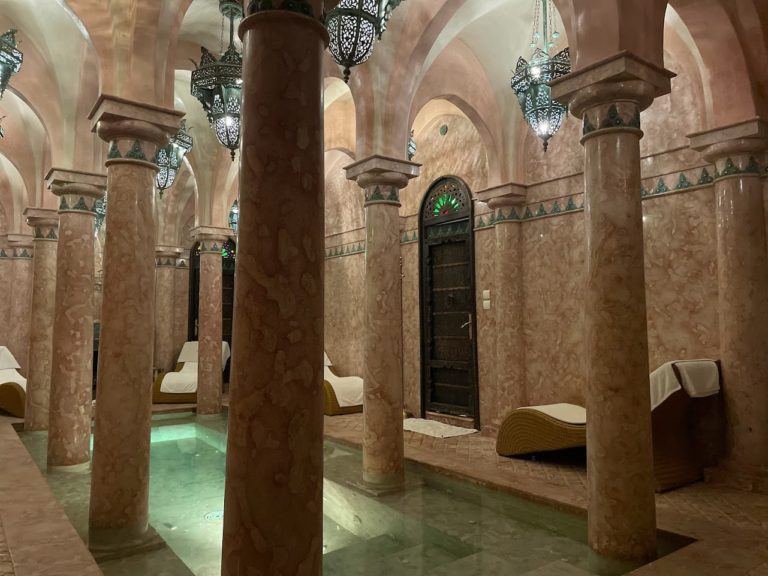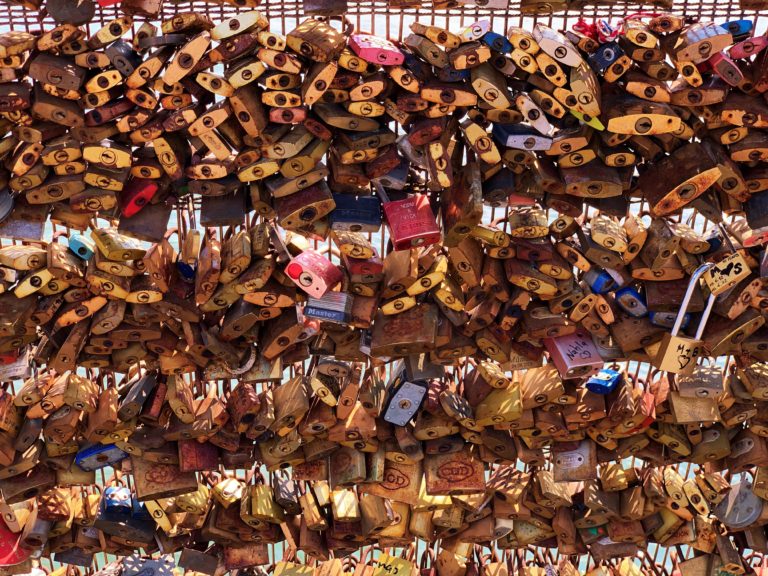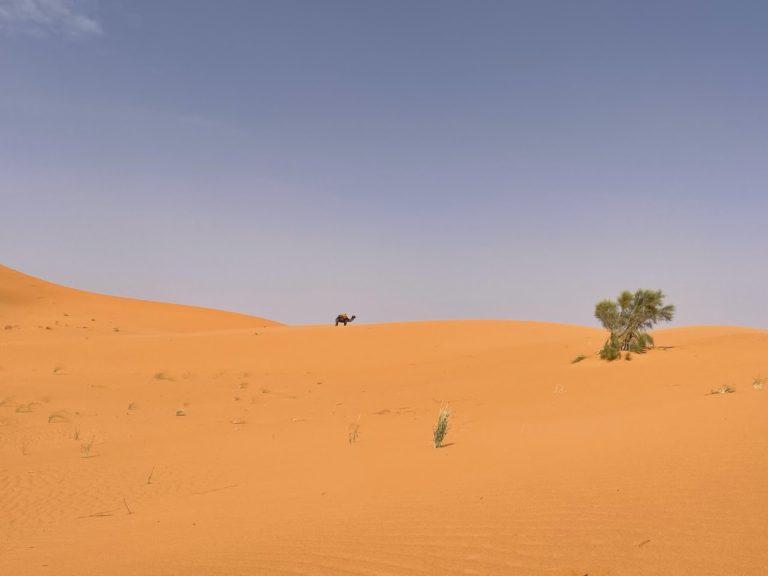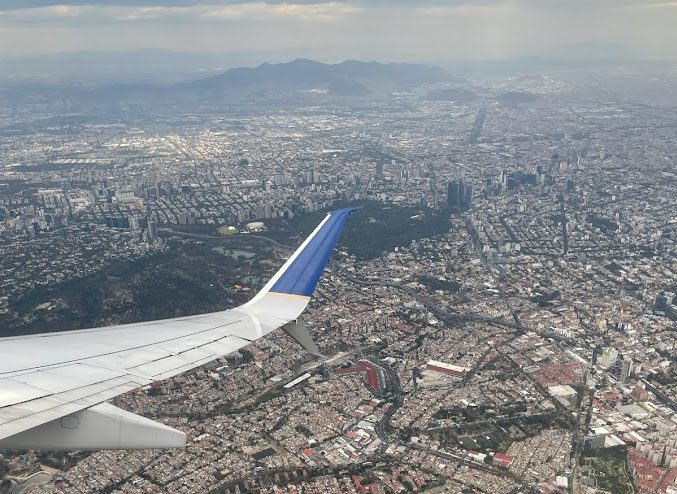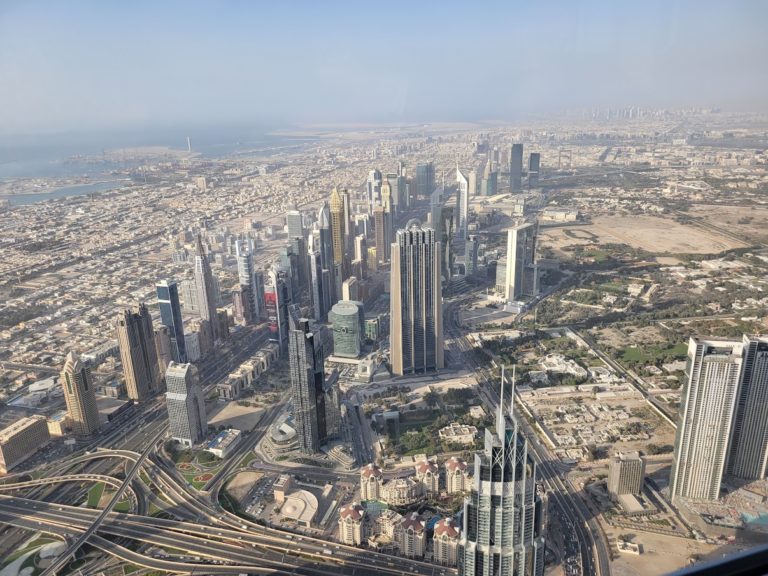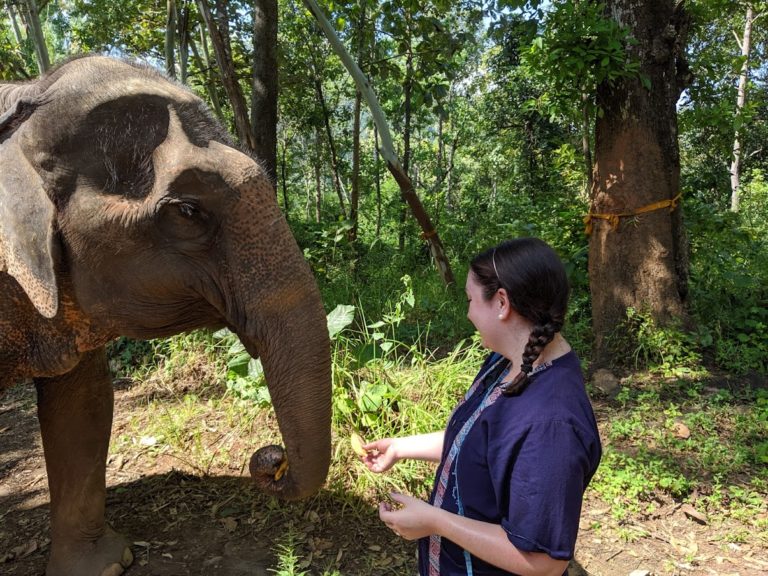The Ultimate 10-Day Southern Morocco Itinerary
When deciding which country to visit first in Africa, I considered a few factors, including accessibility, safety, and cost. The winner was Morocco! After spending some time in Granada, Spain, and experiencing the Moroccan influence firsthand, devising a Morocco itinerary for this somewhat mysterious country definitely sparked my interest. So I was excited for it to be the place that made the most sense for my first African adventure!
Morocco is an easy 7-hour direct flight from JFK, prices are affordable, and it’s consistently dubbed one of the safest African nations. What I wasn’t expecting was how overwhelming building a 10-day Morocco itinerary would be. There are SO many places to visit! While it’s not a gigantic country (about the size of California for you Americans out there), unless you want to spend most of your waking hours in a car, it’s tough to see it all in one trip! My advice is to choose one part of the country and focus on diving in.
Our Morocco Itinerary Including Marrakech & The Sahara Desert
That said, I decided to choose Northern or Southern Morocco for our first trip, not both. My rationale was that we could always come back to see the rest if we liked it. And I’m so glad we did it that way. With this itinerary, we could genuinely get a feel for the people, culture, and essence of this slightly overwhelming but immensely beautiful place.
Day 1: Your Morocco Itinerary Begins! Arrive, Head to Marrakech, & Food Tour
Our Morocco itinerary started with a red-eye from JFK and landed in Casablanca at about 8:00 a.m. While many other posts talked about customs taking forever, that wasn’t the case for us. We were through in less than an hour and found it relatively simple. Not sure if that is maybe because of the time of day we landed?
When we got on the ground, we took cash from an ATM in the airport. Then, found a taxi to take us to the train station to get to Marrakech.
ONCF Train from Casablanca to Marrakech
At some point during your Morocco itinerary, you’re probably going to want to take the train. While I was pushing for a private driver from Casablanca to Marrakech after a long red-eye (I don’t sleep on planes), my husband was adamant about trying the train. So all-in-all, it wasn’t a bad experience, and it was a really simple and affordable way to get from place to place.
What I will say is that first-class fare in Morocco is not the same as first-class fare in the U.S. or Europe. You’re put in a train car with six seats and not much room for luggage. It is honestly reminiscent of the Hogwarts Express train cars in my Harry Potter-loving opinion. But not quite as clean.
The air conditioning was barely working, and it had a pungent smell I couldn’t quite put my finger on. But the seats were comfortable, and it got us from point A to point B. So, for $30/ per person I can’t ask for much more. Oh, and be prepared if you have to use the restroom. The train toilet is literally a hole that allows human excrement to fly out the bottom of the train floor. So, if you’re anywhere when the train is passing by, watch out.
We purchased our tickets in advance online, which is now possible as before, it wasn’t an option on the ONCF site. The trick is to use your debit card, not a credit card! Now, if you don’t want first-class, it’s easy enough to buy it at the train station. But we didn’t want to risk that being sold out after a long night of travel, so we bought in advance.
Our Experience on ONCF from Casablanca to Marrakech
We took a train from Casa Voyageurs station, about 30 minutes from the Casablanca airport, simply because the times lined up best for our trip, but you can also take a train from Casa Port or the train from the airport with a quick stopover.
The ride was beautiful and gave a perfect introduction to the culture of this unique place. There were shepherds herding their sheep with sticks, teens chasing cows in the fields, an expanse of palm trees, olive trees, and pine trees, and a mix of dilapidated buildings and palatial estates with pools and tennis courts. The divide of wealth in Morocco is pretty extreme, and you can see that in the sights you pass on the train ride.
When we arrived in Marrakech, we had arranged a transfer with our riad, 72 Riad Living. So, an English-speaking driver greeted us at the station and dropped us right outside the medina. There, we were met by Aziz, the lovely doorman who helped tote our bags down the winding streets of the medina that were too small for cars to travel down, but there were plenty of motorbikes.
You’ll find a lot of motorbikes in Marrakech, and from the sounds of it, there are a lot of accidents with motorbikes hitting people. Every spot we went, our guides always told us to watch out for the motorbikes. Literally every single time.
After checking in, exploring the hotel, and resting a bit, it was time for a food tour!
Food Tour in Marrakech
Now, there is no shortage of food tours in Marrakech, so you should absolutely add at least one, if not more, to your Morocco itinerary. Their culinary scene is a mix of tradition and modernized fare, and it’s seriously delicious. We did two tours while we were in Marrakech. The first was an Airbnb Experience called Sips and Bites of Marrakech with a local guide that offered a peek at the “new world” Morocco. Then, the second was with a local tour company owned by a husband-wife duo, Marrakech Food Tours, featured on Somebody Feed Phil (here’s the episode on Netflix if you want to watch!). I honestly can’t pick a favorite because they were so different!
Airbnb Experience: Sips & Bites of Marrakech
On the first tour, we started at a local bar and watched a soccer game while knocking back a few Moroccan beers. Then, we went to a local book café and sipped on Moroccan wine. After, we wandered Jemaa el-Fnaa Square and tried snails at a street food stall. The last stop was tangia and mint tea on a terrace overlooking the hustle and bustle of the nightlife scene below. Our guide, Youssef, was amazing. He knew so much about history and culture and was eager to share it with us!
Local Tour Company: Marrakech Food Tours Evening Street Food Tour
The second tour was more traditional. We started with more tangia (they love their tangia in this country). Then, tried local dishes like sardine burgers, orange and cucumber soup, Moroccan doughnuts, fresh prickly pear from a donkey cart, Moroccan sweets and smoothies, and the best couscous I have ever had. Plus, we actually stopped at a few community ovens. The first was specifically for bread making, and the second was where many families dropped off their tangia pots to cook all day in the hot coals burning to heat the hammam above. Super neat!
How to Choose a Food Tour
There are a lot of things to consider when choosing a good food tour, and I outline them in this post. A great way to get to know a city! We always try to do them on night one to get a lay of the land and get tips from the guide for where to eat the rest of the trip.
Day 2: Shopping in the Souks
One of the most popular activities in Morocco is shopping, so you can’t leave the country without wandering the souks for a few hours. I literally brought a “just in case” bag to pack as an extra checked bag at the end in case we bought too much stuff.
Their economy is built on handicrafts, and manual labor skills, with crafting skills, passed down from generation to generation. Pretty much anything you want to be made, you can have made from scratch here. In all the stalls, you’ll see makers carving, painting, dying, welding, sewing, weaving, and the list goes on. The amount of creative skill you’ll witness is unmatched anywhere else I have been. And I’ve been to an artisan market or two in my day!
Go with a Guide or Solo?
We chose to do a guided experience with a local woman. While she was incredible, and we learned so much from her, the tour with WithLocals we booked was definitely a bit scripted in terms of where they brought us, even though they said you could customize your itinerary. We asked, and it didn’t really seem to happen. From now on, I will find a local tour company and ask them to customize it! I will say, it’s super easy to get lost in the souks, so having Ouidad on our side to navigate was key.
Bartering in the Marrakech Souks
One important thing to remember is that you should never, ever accept the first price someone gives you when shopping in the souks. Their prices are meant for bartering. The locals we met told us to start at 50% of the suggested price, and barter from there. But many will actually meet you at that 50% if you hold strong. We got a huge, beautiful handmade Moroccan Berber rug for $700 when the original price proposed was $1,500. Imagine if we hadn’t bartered!?
Day 3: Marrakech Sightseeing & Hammam Experience (a Must for any morocco itinerary)
Next up, it’s time to see the sights! There are so many things to see in Marrakech in terms of sightseeing that there’s no way you can fit them all into one Morocco itinerary. But we booked a day tour via Tours by Locals that took us by van to the major sites, which was really helpful! Stops included:
- A Berber Pharmacy
- Koutoubia Mosque
- Saadian Tombs
- Bahia Palace
- Jemaa el-Fnaa Square
- Jardin Majorelle + Berber Museum
- Yves Saint Laurent Museum
With the driver, this was easily accomplished in half a day. Now, I’m not one to wander sights too long. I can’t stand tourist crowds, so I like to see the highlights and move along, so this was perfect. If you do like to meander more, then you may need more than a half-day timing-wise.
Now, again, Tours by Locals was a similar experience as WithLocals. Although it does indeed connect you with local tour guides, the stops are very touristy and curated, with not many “off-the-beaten-path” highlights, even when you ask for them.
Local Tour Companies in Marrakech
Here are a few tour companies run by locals that were on our list that I wish we had tried over WithLocals and Tours by Locals. Since these sites are plastered everywhere, I felt like we should try them. But in the future, definitely go with a real, local company versus these global chain companies.
Women Best Travel: A woman-owned business offering tours throughout Morocco.
Marrakech Guided Tours: A locally owned business with a focus on sustainable tourism practices.
Moroccan Hammam Experience
After a day of sightseeing and sweating your butt off in the Marrakech heat, a cleanse is in order. That’s why pairing a spa afternoon with a hammam and massage is a perfect way to follow a half-day of sightseeing! Hammams, aka bathhouses, are a quintessential part of Moroccan culture. Locals use them as a chance to meet up with friends and gossip for a few hours. They typically visit at least once a week.
A typical hammam offers a few pools of varying temperatures with soap to exfoliate. Tourist hammams then also include spa-like options like body masks for extra nourishing.
We chose to do a tourist hammam at a hotel spa versus a local hammam because they’re super different. You can read alllll the nitty-gritty (and potentially TMI details) of our experience in this post! We chose La Sultana and hung out on their rooftop for a cocktail prior to the experience which was perfect.
We narrowed down our list to the following, so this may help you decide which to book for your trip:
Luxury + Pricey
Standard + Affordable
Day 4: Moroccan Cooking Class
One feature of Morocco that we loved the most was all the delicious food! So, naturally, it makes sense to try to make it yourself. There are so many incredible cooking classes in Morocco, but we ended up choosing one with a local woman, Najlae, on Airbnb Experiences called Moroccan Cooking Class with Chef Najlae.
The tour started at the local market where we decided as a group which tagines we wanted to make. Najlae showed us how to pick the best produce and brought us to the butcher to get the meat. Then, we walked back to her home, where she hosts these classes.
Upon arrival, we all washed up, inventoried our ingredients, and sat down for a quick tea-making demonstration and some snacks before we got to work. Throughout our time together, Najlae was quick to delegate tasks, explain the dishes and methodologies, and answer any and all of our questions about Marrakech. We made a few side dishes, as well as a chicken tagine and a beef tagine. She showed us how to make them in the actual tagine, as well as in the Instant Pot, so we could try both at home.
Everything was delicious, and it was a great group. Highly recommend if you’re going to be in Marrakech and want to spend time with a kind, talented, and knowledgeable local who knows how to make a mean Moroccan dish.
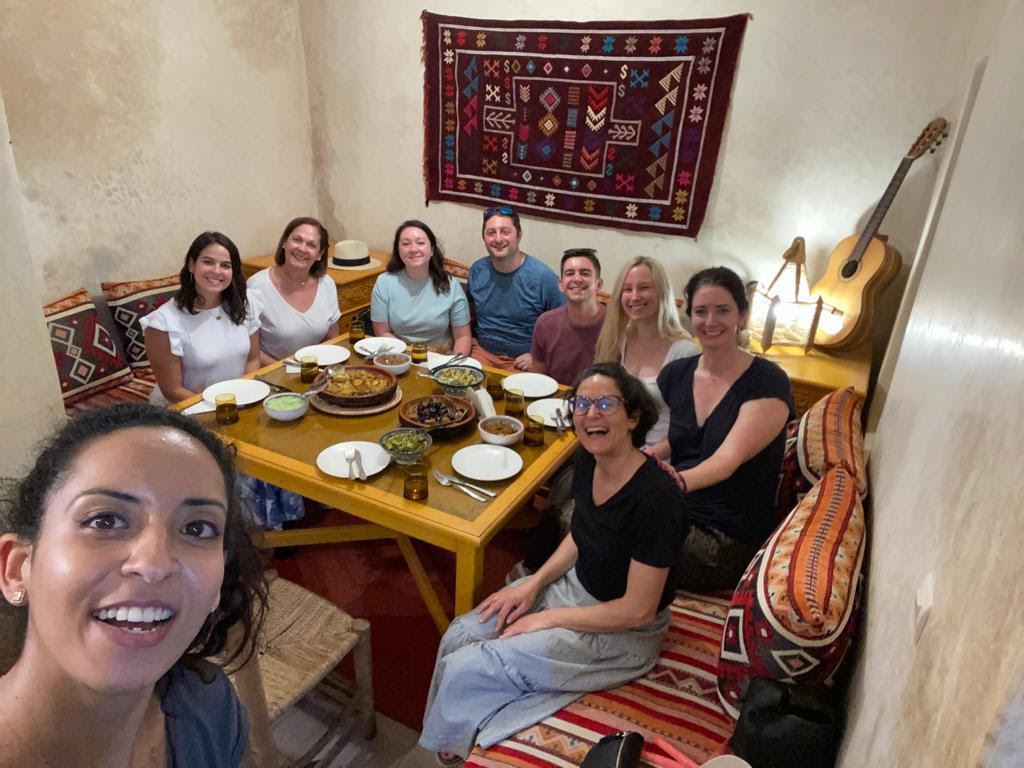
Other Cooking Classes in Marrakech
Other classes we considered and heard great things about from other travelers on the road:
Amal Non-Profit Cooking Class: A non-profit that empowers disadvantaged Moroccan women through gainful employment, Amal Center offers a great cooking class led by talented local women. They offer a baking class where you whip up sweet treats, so this could be a good complement to a cooking class if you have more time. But they also offer traditional cooking classes!
La Maison Arabe: Located in a hotel, this is actually one of the oldest cooking classes offered in Marrakech! Started in the late-1940s, you’re in for a treat of traditional fare!
Day 5: Travel to the Sahara Desert
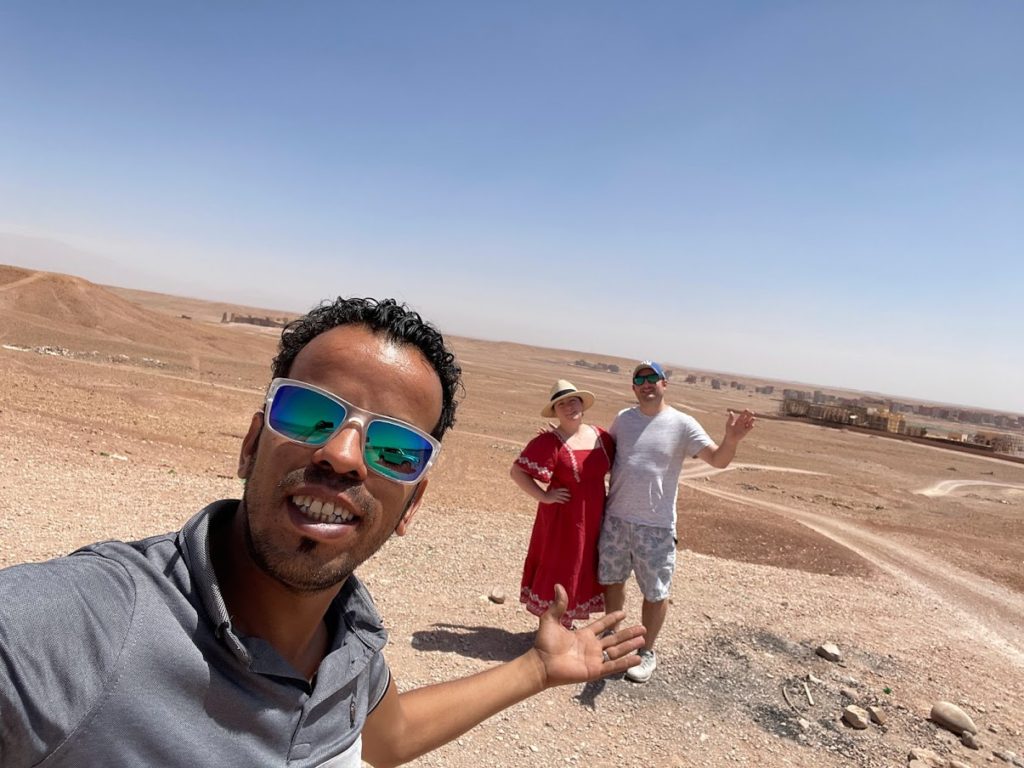
When planning our itinerary, I did a lot of research on whether or not the drive to the Sahara was worth it. The consensus was that it’s long, it can be insanely uncomfortable, and it’s worth it, but rough. I agree with parts of that. Yes, it was a long journey. The drive on this day was 12-hours. But that included some really amazing stops and scenery that literally made the drive fly by. Plus, the car was spacious and comfortable. So, my opinion is this is a part of Morocco that really shouldn’t be skipped!
We stayed at Desert Luxury Camp and booked their 4-day/3-night package to their Erg Chebbi camp that included a private driver, some meals, sights, and accommodation. It was epic, and I highly recommend them. The team was super responsive, and they customized our itinerary to be exactly what we envisioned!
As I mentioned, this day was all driving. But we stopped at an argan oil cooperative and learned how the women make almond butter and argan oil (both culinary and cosmetic), a rose oil cooperative, Ouarzazate, aka the “Hollywood of Morocco,” Todra Gorge, and a super tasty local lunch spot.
Day 6: Explore the Sahara (a Morocco Itinerary Highlight)
If the desert gods are on your side, you may be lucky enough to witness a magnificent sunrise over the dunes. While we woke up at an ungodly hour to try and see it, we had no such luck. There hadn’t been rain in over a month so the views were really dusty and hazy. Nonetheless, getting to soak in the cool breezes overlooking miles of golden dunes was epic enough.
So, since we were up early, we read our books in one of the common areas until breakfast.
Camel Ride
Then, after breakfast, we went on a camel ride. Our guide Mustapha introduced us to our camels, Amlal and Bakhta. He works for a camel owner and gives guided rides at the local camps, taking care of the camels in between. Now, I wouldn’t always recommend an activity like this, but we saw the camel’s living quarters, and they seemed to be happy, and in good health, so I felt okay about it.
We rode for about an hour into the dunes and stopped in a shady spot to let the camels take a quick break to graze. During that time, Mustapha made a fire, and we made mint tea to sip on. While it seems counterintuitive to drink a hot beverage in 100+ degree weather, the heat actually encourages your body’s internal temperature to lower by producing more sweat, so you cool down. Learned something new! After that, we climbed some dunes and headed back to camp before the day got too hot.
Pool Time
Desert Luxury Camp is the only camp in the area that has a pool. To be honest, I’d book it again for that fact alone because plunging into the ice-cold water when you’re covered with sand and sunscreen, sitting in the blazing heat, is beyond refreshing!
We had the camp to ourselves during the day because other groups were checking out and checking in. So, we lounged by the pool alone during the hottest part of the day, which was glorious. The only time I got out was for lunch, which was delish and served under one of the outdoor canopies, so we were out of the sun!
Meet the Locals
When it cooled down a bit, our driver came and asked us if we wanted to explore or relax more. We chose to explore! So, he drove us around, and we visited a nomad camp and the Khamila Village.
Nomadic Families
The nomad camps in the desert are sort of eerie and unlike anything I have ever seen before. They sort of remind me of a scene out of Star Wars, popping up amidst black rock and orange sand. Families set up camp with branches and camel hair rugs, and that’s home. In traditional nomad fashion, they stay in a spot long enough for their animals to graze, and when their food sources dry up, they move their camp. Most families make their money by selling or trading their animals, selling Berber carpets made by the women at local markets, and the small amounts of money tourists give them to show them their home. The children don’t go to school unless the family has family they can go live with in the city, and many choose to stay and live this nomadic lifestyle.
Our guide said that for some reason, it’s usually the youngest child who goes out and moves to a larger city to chase a better life. Others decide to stay and live the life their ancestors lived. To die where those that came before them died is important to them. It’s a hard life, but it’s a life that they embrace, and that is something I admire deeply.
Khamila, Gnawa Village
For years, sub-Saharan Africans were traded into slavery in Morocco, which was a huge trade city with caravans coming from around the continent, making their way to Europe. Today, like the rest of the world, slavery has been abolished. But the ancestors of these enslaved Africans now live in Khamila and are referred to as the Gnawa people. The people here are known for their unique music. Each year they actually host a music festival that draws in visitors from across the globe! We got a private concert, which was pretty special.
Go Off the Beaten Path in Sand Buggies
After this, we went off the beaten path in a sand buggy. While it was my husband’s favorite activity of the week, it was not mine. Put someone with vertigo, motion sickness, and anxiety in an open metal container with a flimsy helmet and no traffic rules, and they’re not going to have a good time. If that sounds like you, I’d skip this and hop back in the pool. But, if you like a little adrenaline, definitely try this. I will say the views were insanely epic!
Music at Your Desert Camp
After sand buggying, we drove back in the middle of a sandstorm where you couldn’t see five feet in front of you and somehow made it back for dinner. After dinner, the storm had cleared, and we spent the night by the fire with other guests, chatting, dancing, and listening to the music played by our hosts. A lovely way to end our stint in the Sahara!
Day 7: Relax in a Desert Oasis
After all the excitement of the journey (and the hours spent in hot as hell heat), we decided to fast track out of the desert this morning after a little sandboarding sesh and breakfast. Why? Because the hotel we were staying at this night is what dreams are made of, and we wanted to spend as much time as humanly possible there. We were so glad we did!
Dar Hnini is a luxury hotel in the heart of the Draa Valley oasis. You drive down a dirt road that looks like it’s a parking lot and this lush oasis emerges as the gates to the palace open. There are date palm trees galore and lush florals that really make this feel like a paradise on Earth.
Our villa had two rooms, a gorgeous hand-tiled bathroom, and a private outdoor space with our own plunge pool! It was heaven. I think it is a MUST for any Morocco itinerary, even if it’s off the beaten path.
Day 8: Ait Ben Haddou & Back to Marrakech
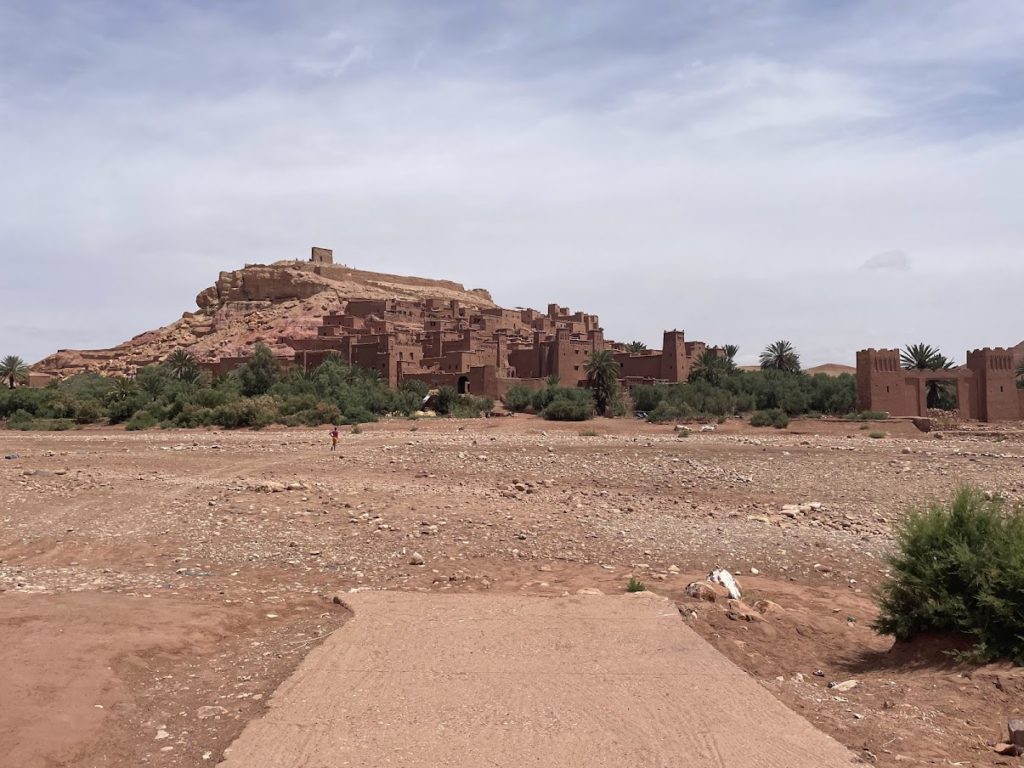
After an incredible private breakfast in the gardens, we got on the road again for the last day of our desert tour! There were a few museum tours we could have done, as well as a tour of Atlas Studios in Ouarzazate, but at this point in the trip, we were dead and wanted to just relax. The one place we had to stop though was Ait Ben Haddou…
Stop at Ait Ben Haddou
You may recognize it from scenes in movies like Gladiator or The Mummy, or shows like Game of Thrones. We had a guide named Ali who took us through the winding alleys and many stairs of this epic ksar. It’s an UNESCO World Heritage Site as of 1987, they do a really great job of explaining the architecture and history if you want to learn more.
Ali shared that there are only five families that still live in the ksar, and the rest of the local families have moved across the river (which most of the year is just dried up ground) to the “new city” which is a bit more built up for tourism and film now. His family was actually the last family to move out of the old ksar to the new city 50 years ago, which was a neat fun fact. The families that live there sell their wares along the steps to make a living!
The one art form that really intrigued me was these paintings we saw everywhere, called pyro aquarelles. The artists use things like lemon, green tea, saffron, and indigo to paint on a piece of paper. Initially, you can’t see much. But then, they use the heat of fire to burn the paper a bit and the imagery comes alive. See a demo below. So cool!
After exploring for an hour, we got back on the road and enjoyed lunch at a stop with some incredible views. When we got back to Marrakech, it was mid-afternoon, so we just wandered around the city, did a little last-minute souk shopping, and got dinner at a spot in Guilez before spending some time on the hotel’s rooftop for sunset and turning in early for the night.
Day 9: Discover Casablanca
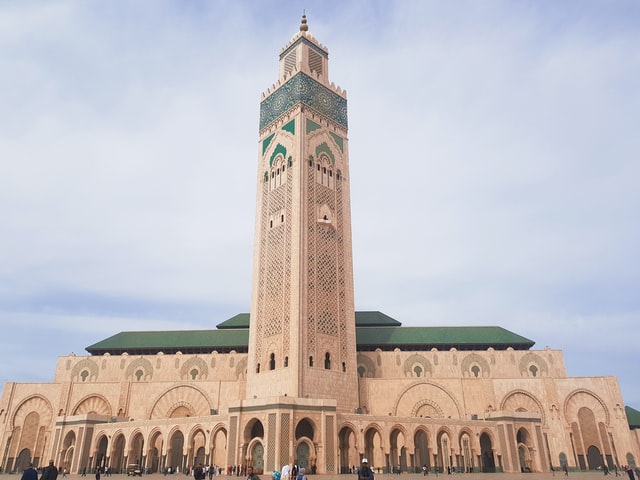
After breakfast at your riad, head back to Casablanca for your flight! The last leg of our Morocco itinerary has arrived…
I convinced my husband that lugging our 50lb Moroccan rug along with our suitcases on the train would be misery. So, we had the riad organize a car service which cost $125 and was worth every penny. They picked us up at our riad and drove us directly to the front of our hotel lobby in Casablanca.
Hotels in Casablanca are a little less diverse than in Marrakech, so you’ll likely end up staying in a global chain or business hotel. Since we splurged a bit on the other hotels, we stayed in an affordable business hotel, Hotel Odyssee Center, and it was a great experience for $85 a night! Everyone was so kind, food was great for hotel food, there was a bar, and it was in a spot where there was plenty to walk to for dinner and stuff.
Food Tour & Tour of Hassan II Mosque with Moroccan Food Tour
Full disclosure, we didn’t feel well, so we missed this tour, unfortunately. But it was originally the last bit of our Morocco itinerary! They were going to take us to Hassan II Mosque, the only mosque that non-Muslims can enter in the country. Then, we were going to explore a couple of local markets, the Central Market and fish markets, followed by dessert at one of the most popular Moroccan restaurants in the city, La SQUALA.
And, that’s it for our trip to Morocco! The final day is just a flight home. We covered a lot of ground but can’t wait to go back and explore more in the future.
Day 10: Ma’a Assalaamah, Morocco.
Many of the flights to NYC from Morocco left mid-day, so we didn’t schedule anything but breakfast this day. Have your hotel arrange transportation for you so you can take a breath from bartering and start to get back into your routine! The airport is about 30-minutes outside the city, and you should be there two hours in advance.
The Best Time to plan your Southern Morocco itinerary
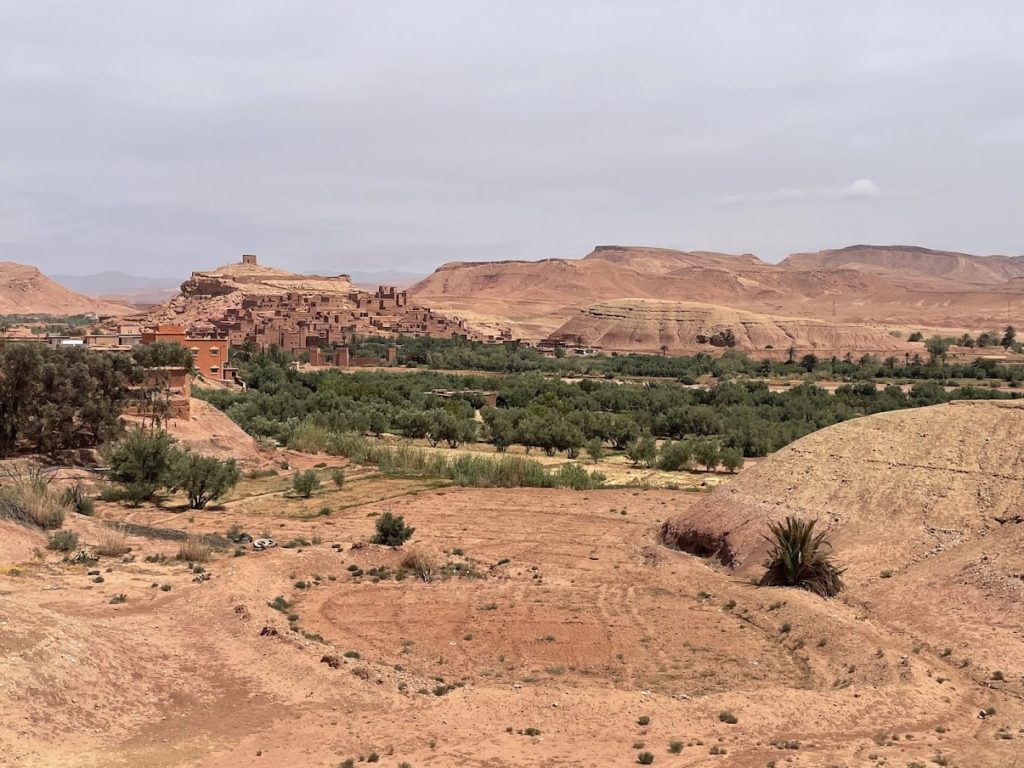
There are two things I think you should consider when planning a Morocco itinerary of your own. The weather and the local holidays.
Weather in Morocco to Avoid When Planning Your Morocco Itinerary
Our trip to Morocco spanned the last week and a half of May. Which I’ll be honest, I think was pushing it in terms of the weather in Morocco and the best time to visit. It was so freakin’ hot. The kind of hot where you look on the horizon and see the literal heat waves rising from the pavement. The kind of hot where you can’t walk ten feet without having sweat drip off your brow. So, much past May, I absolutely wouldn’t recommend visiting Southern Morocco. Or Northern, for that matter.
According to the locals, the best time to visit is March-April or September-October. Temperatures are mild during the day, it doesn’t get too cold at night, and there isn’t an abundance of rain.
Holidays in Morocco to Avoid When Planning Your Morocco Itinerary
While it may be interesting to see the culture during holidays, it will definitely change your experience a bit. For example, during Ramadan, all Muslims fast during the day. So, while it doesn’t impact everything, apparently, many cafes and restaurants may be closed during the day. Also, during Eid al-Kabir, celebratory slaughtering of sheep in the streets is quite common, which isn’t a scene all tourists may feel comfortable witnessing.
The moral of the story is to think about your dates, and before booking anything, Google to make sure you won’t run into any Islamic holidays that may alter your trip in a way that makes you uncomfortable. Here’s a great all-encompassing list to bookmark!
Is Morocco Safe?
If I had a nickel for everyone who told me to be safe when I said we’re going to Morocco, I’d be rich. Okay, well, maybe not quite, but safety in Africa is a major concern for many people. Which I totally understand. But Morocco is actually incredibly safe. I can honestly say that I never once felt unsafe during our entire trip and we met some of the kindest, most beautiful humans I’ve ever encountered.
One of the sentiments that was common among all the locals we met was that it’s important to celebrate our differences and live in harmony. If only the rest of the world could adopt this mentality!
What Should I Wear in Morocco?
It is a Muslim country, so many women are wearing hijabs and djellabas for full coverage. In order to avoid unwanted attention, my top recommendation would just be to wear modest, loose-fitting clothing. This helped me avoid a lot of uncomfortable situations, and honestly, it just felt better being respectful of the local culture.
Where to Stay in Morocco
If a riad is an option in the city you’re staying, book it!
One of our local guides told us that Marrakech is home to 1,500+ riads in the medina area alone. So, you’ll have a tremendous number of options. Prices range from $50 a night to $500+ a night, so you can splurge or save where you want to. I’d highly recommend staying in the medina area. It makes it really easily walkable and just has a peaceful charm to it. The new area of the city, Gueliz, is just like any other metropolitan city. While it’s a great spot to explore, eat, and shop, you really get a taste of Moroccan history and culture staying in the medina.
What is a Riad?
So, what is a riad exactly? Riad literally translates to small paradise on Earth in Moroccan Arabic. To be classified as a real riad, a property must have three features that, according to the Qurʾān, are true paradise:
- Water Feature
- Open Air
- Lush Garden
When they speak of paradise in the Qurʾān, they talk about rivers rushing, bountiful harvests, and birds soaring through the open sky. Hence, a real riad having to offer water, a garden to represent the harvests, and an open rooftop that allows the birds to soar freely. It’s a really beautiful sentiment and makes for an incredibly unique stay.
I will say, we stayed in a riad that was $425 a night (but we got a massive suite) and one that was $85 a night, and you could 110% tell the difference in the level of service and quality of accommodation. I’d choose the $425 a night riad every time—surprise, surprise.
Here are the two I’d recommend for Marrakech specifically, based on what we saw (yes, they have higher price points):
72 Riad Living
This is where we stayed, and honestly, I can’t recommend it enough. Check out the room tour above!
We loved every second. It is pristinely clean, the food is amazing, the service is kind and attentive, and the location is unbeatable. Their rooftop offers the most epic sunset views, too!
We booked the Junior Suite. The main feature of this room is a private rooftop with a jacuzzi! While it was too hot to use the said jacuzzi, it was super nice to have our own peaceful space to relax and escape the bustle of the medina streets. While there were plenty of other guests, it really felt like we had the place to ourselves.
Standard rooms are not as expensive as the suite. You can expect to spend around $225 a night, depending on the time of year. But, if you want a splurge, I’d highly recommend the suite, of course.
La Sultana
A Small Luxury Hotel of the World collection member, this hotel is lavish and impeccably designed. From the moment you walk down the alleyway that leads to the private oasis of this property, you feel the luxury radiating off the grounds.
We spent time on the rooftop having some cocktails under the glorious misting system on a hot afternoon. Then, we enjoyed a hammam and massage at the spa, which was so relaxing I’m pretty sure I fell asleep and missed half the massage.
Their rates are definitely a little higher than others, running about $550 a night.
A Few Other Affordable Riads in Marrakech for Your Morocco Itinerary
A few others that are slightly more affordable that always get good reviews are:
We stayed at Riad Mur Akush for our affordable riad. While it was fine, we ran into some issues with the owner and our itinerary. She was on vacation, and while we responded to the automated welcome email with some requirements for our trip, she had no team members monitoring the riad’s emails while she was away without wi-fi for vacation.
Plus, the riad manager literally asked for a tip for himself at the end of our stay. So, it was just a really odd and sort of frustrating experience. The room and breakfast were average. Although I will say they did have a lovely rooftop terrace, the room was clean, and it was a great location in the medina. We paid $100 for the night.
How to Get Around Morocco
There are a few options when it comes to getting around Morocco, including drivers, busses, trains, and rental cars. The one I wouldn’t recommend is renting a car. A lot of the roads are super windy and traffic signs are a mere suggestion. It takes a pro to navigate the streets without causing an accident in my opinion. If you have faith in your skills, try it, but get some full-coverage damage insurance.
We did a mix of trains and private drivers for the week, and I’d highly recommend those two options!
Wi-fi & Cell Service in Morocco
Now, I read on a lot of blogs that wi-fi was great, and cell service was fine without a local SIM. I found both of those things to be untrue. The wi-fi at our hotels wasn’t the worst, but it wasn’t quick enough to upload Instagram stories or photos without severe lag time and timing out. Our cell service didn’t work at all, so I’d highly recommend getting a local SIM card if you want to stay connected and navigate the streets a bit more easily.
Places for Our Next Morocco Itinerary
I loved Morocco and would absolutely go back to explore more of this enchanting place. Cities we didn’t see that I will definitely be adding to our future Morocco itinerary (or, let’s be honest itineraries) are:
- Essaouira: A seafaring port city between Casablanca and Marrakech. I’ll be honest, I sort of wish we had done a day or two here in the beginning of the trip since we spent so much time in Marrakech, and it’s essentially on the way.
- Fez: One of the imperial cities of Morocco. I’ve heard it’s a lot more “real” than Marrakech and a bit trickier to travel, so wanted to get our bearings first!
- Chefchaouen: The Blue City. One of my biggest disappointments in this trip was not having enough time to go to Chefchaouen. I can’t wait to see this stunning blue and white-washed city in the Rif Mountains someday!
- Meknes: I didn’t realize that they make wine in Morocco until this trip. And based on labels, Meknes seems to be the hub for this. So I definitely want to visit!
Now, I leave Rabat and Tangier off of this list for a Morocco itinerary. After seeing Casablanca, I don’t know that there is much in a big metropolitan Moroccan city that I need to see. I much prefer the vibe of a small city like Marrakech and the cities listed above! I’ve been to a lot of big cities, but I found Casablanca one of the dirtiest and most difficult to navigate.
I hope this post inspires you to get out of your comfort zone and visit this unique destination. It was a truly transformational trip. Follow @onewanderfullife_ on Instagram or sign up for my newsletter for lots more Morocco itinerary and travel tips!
